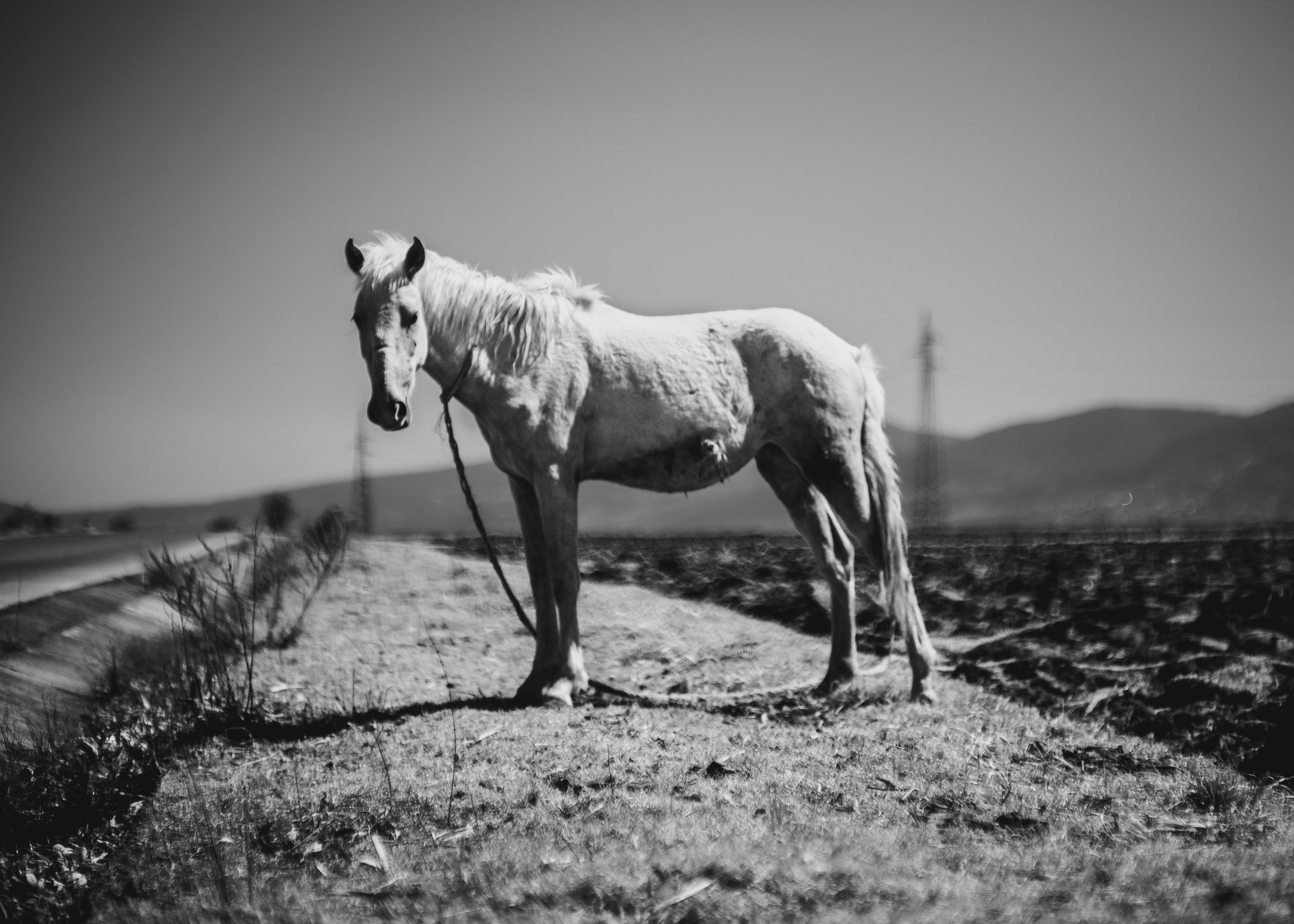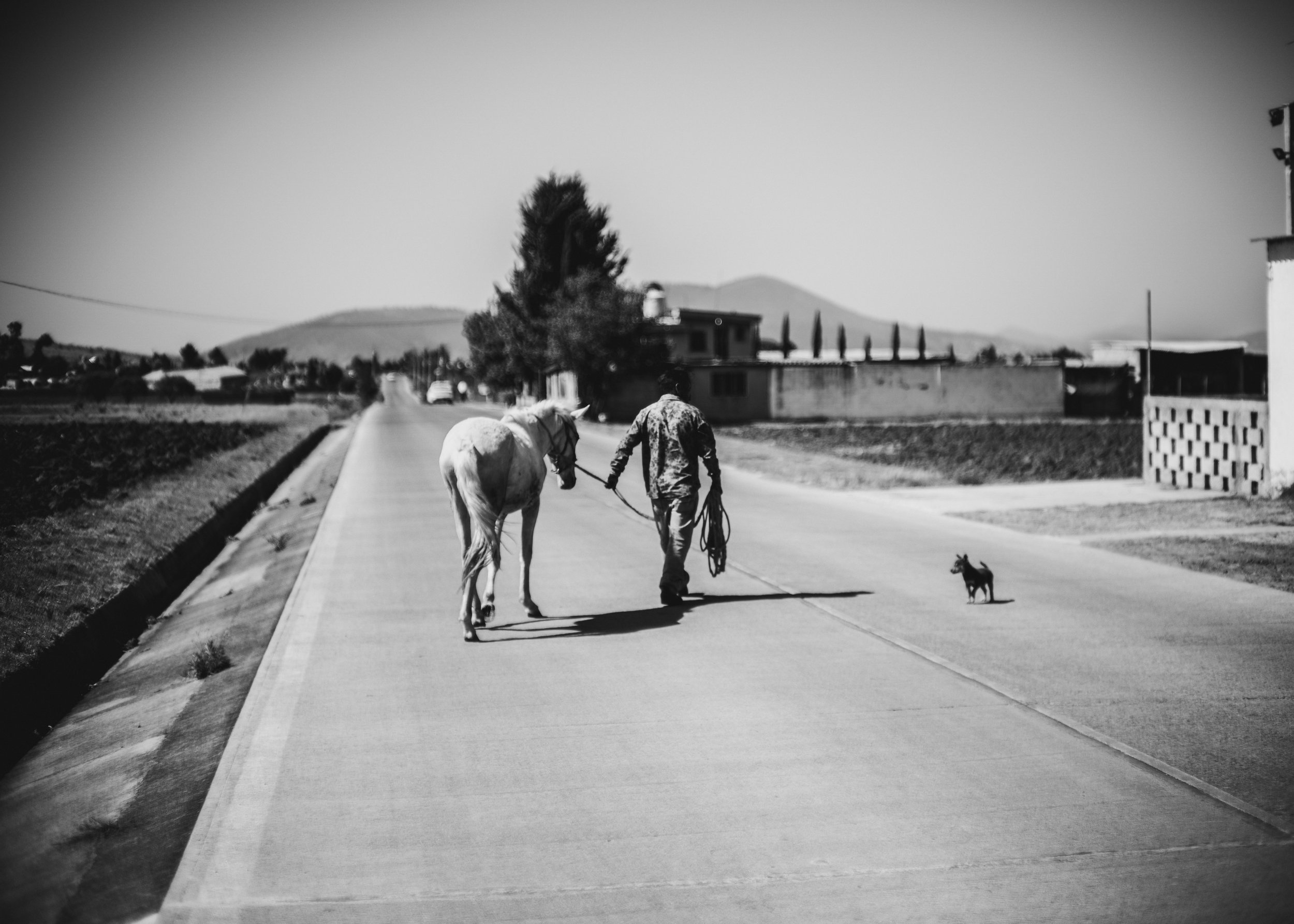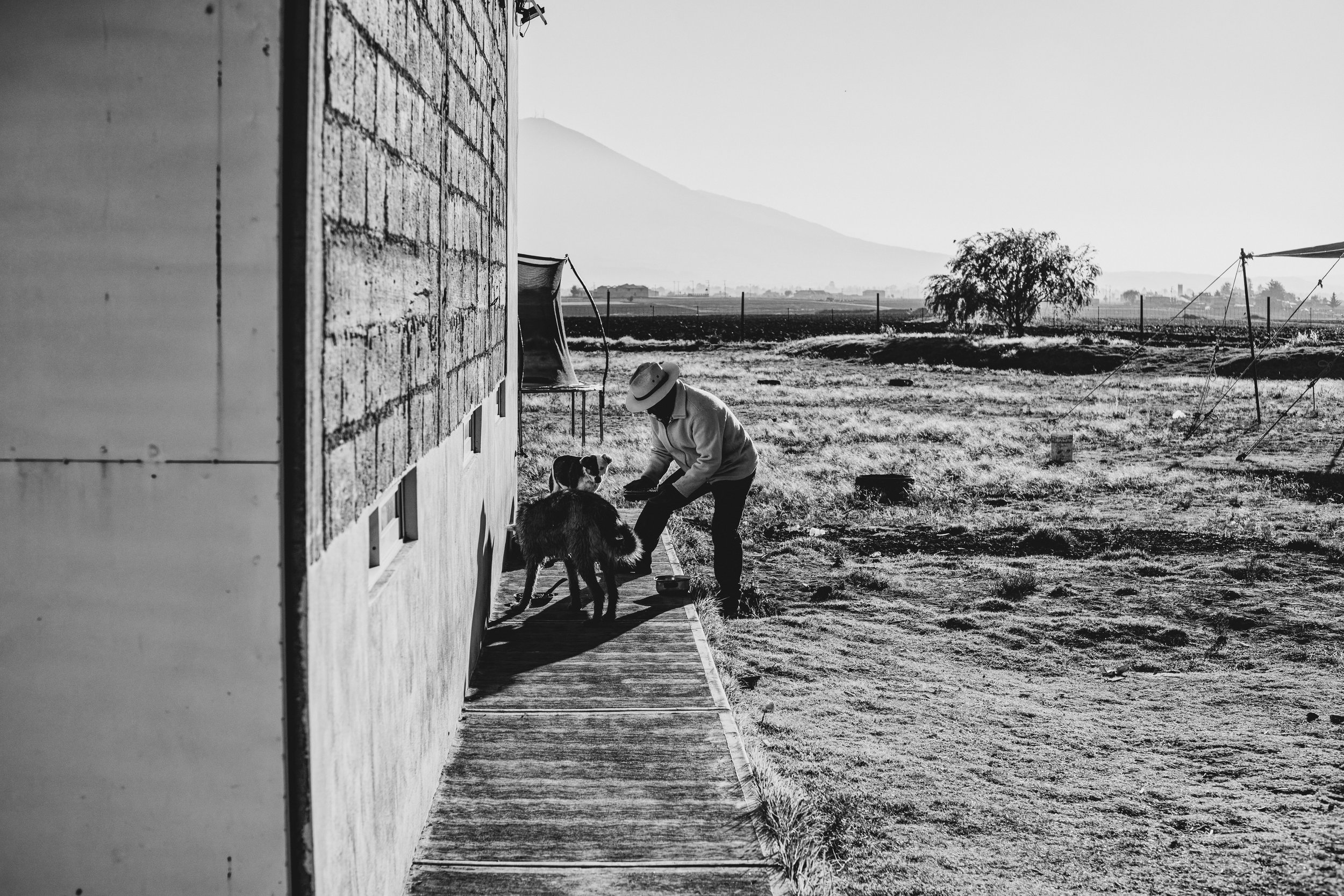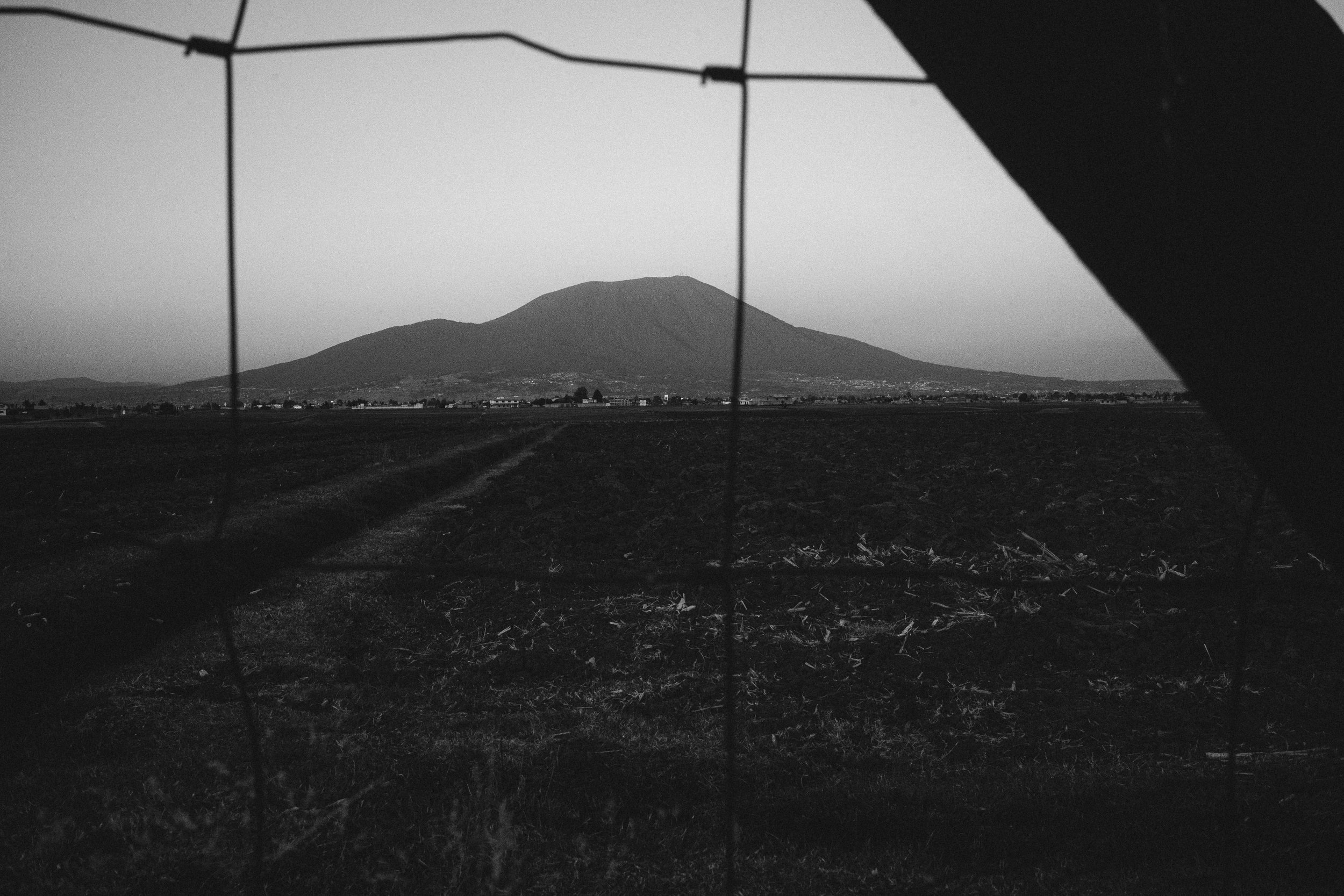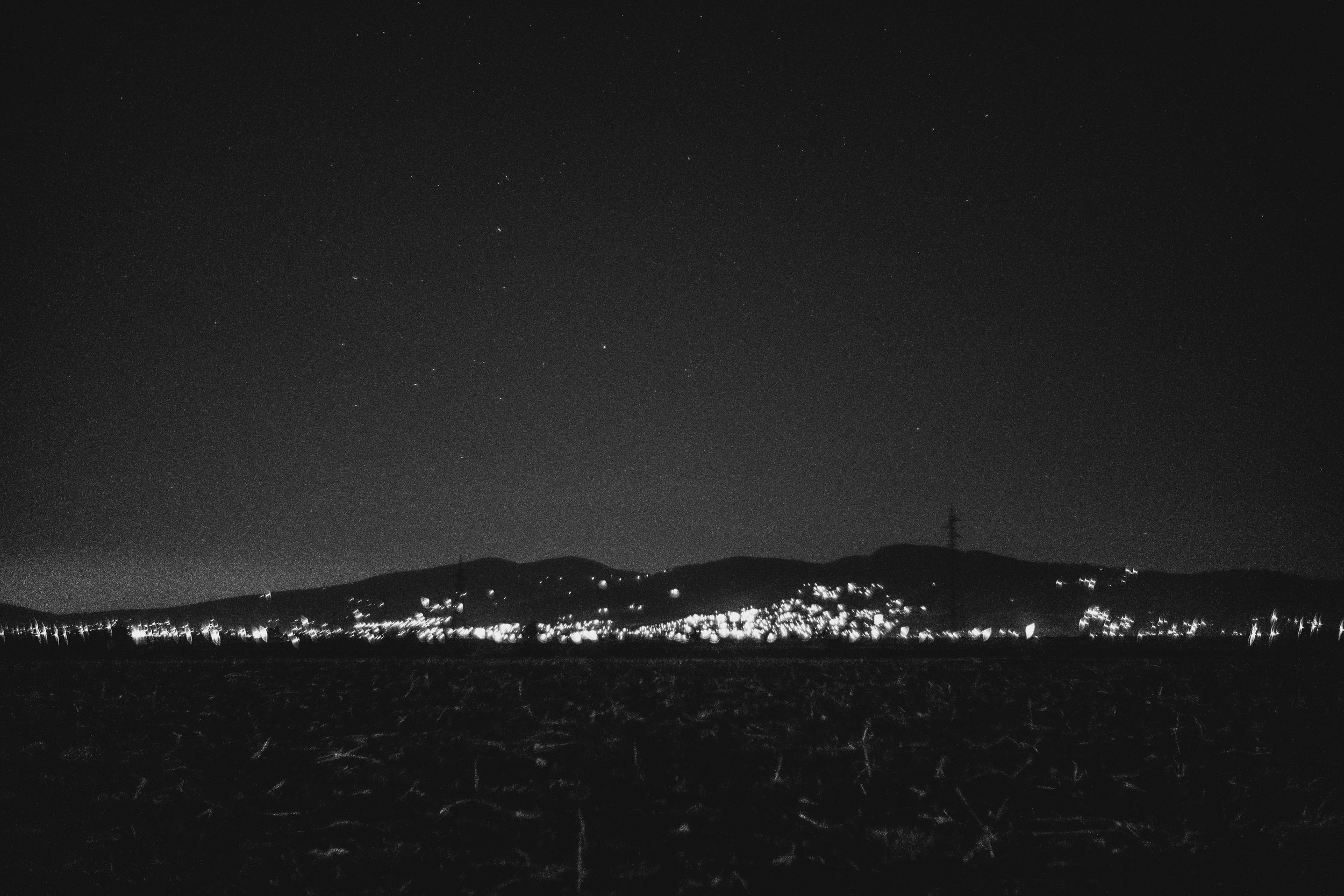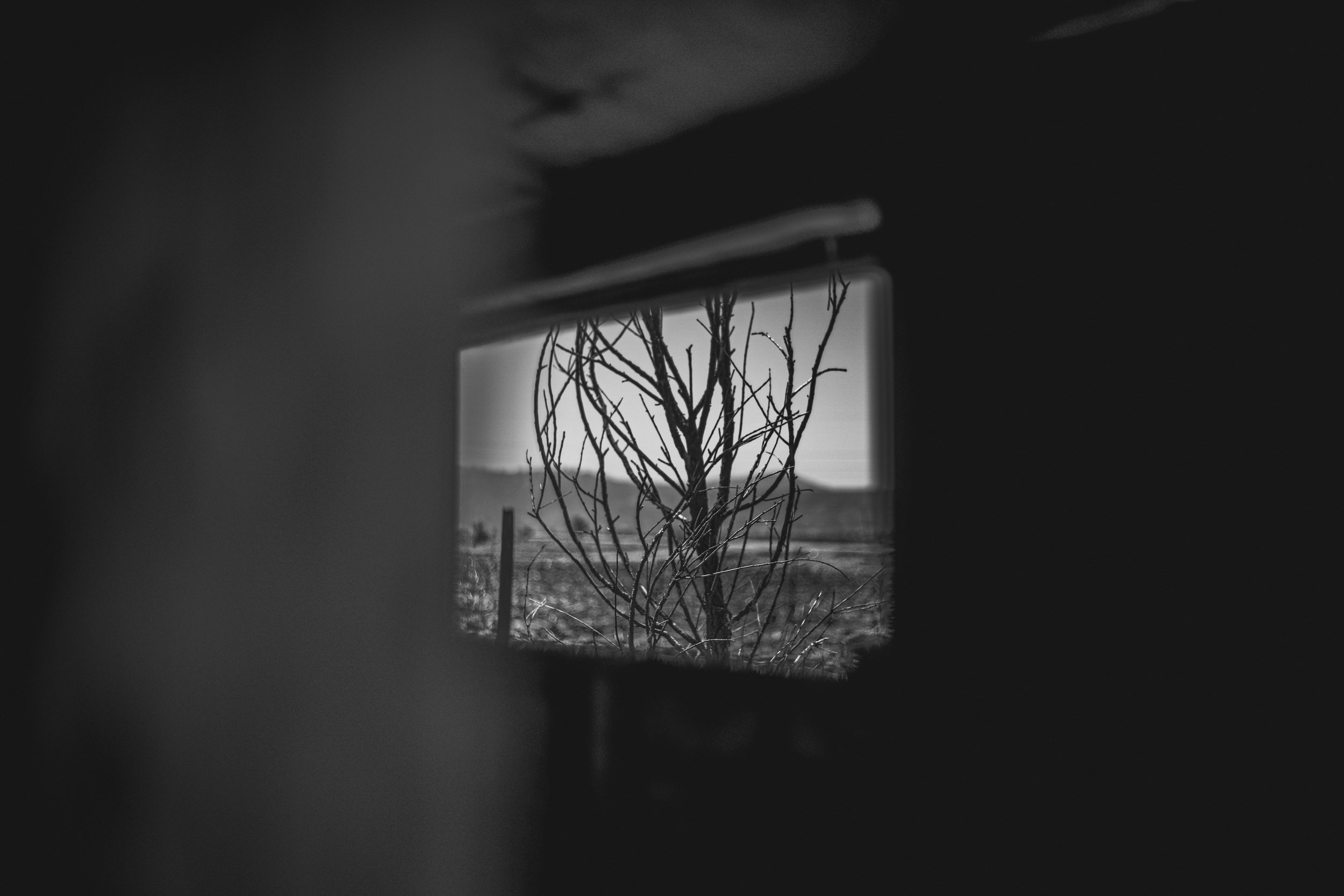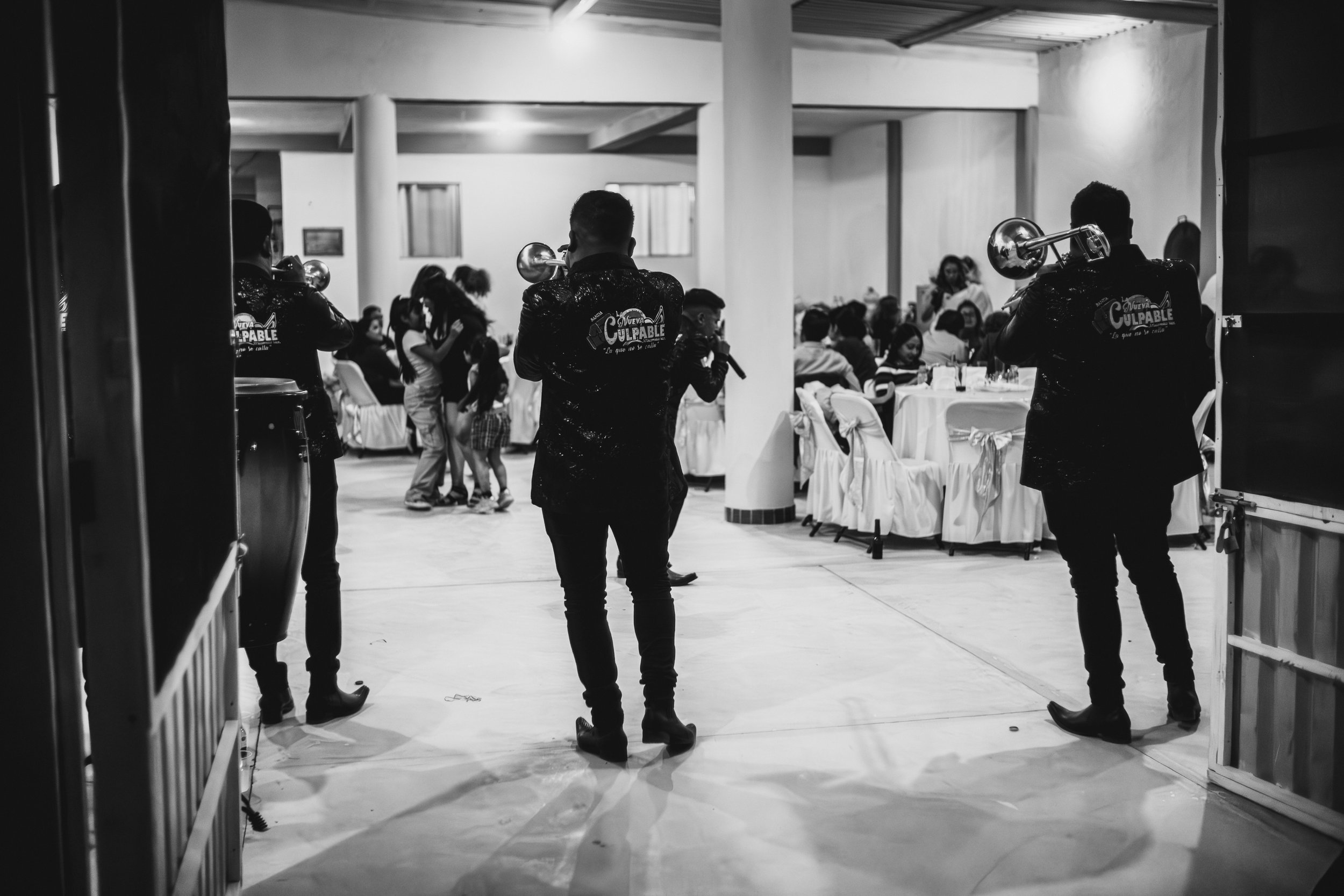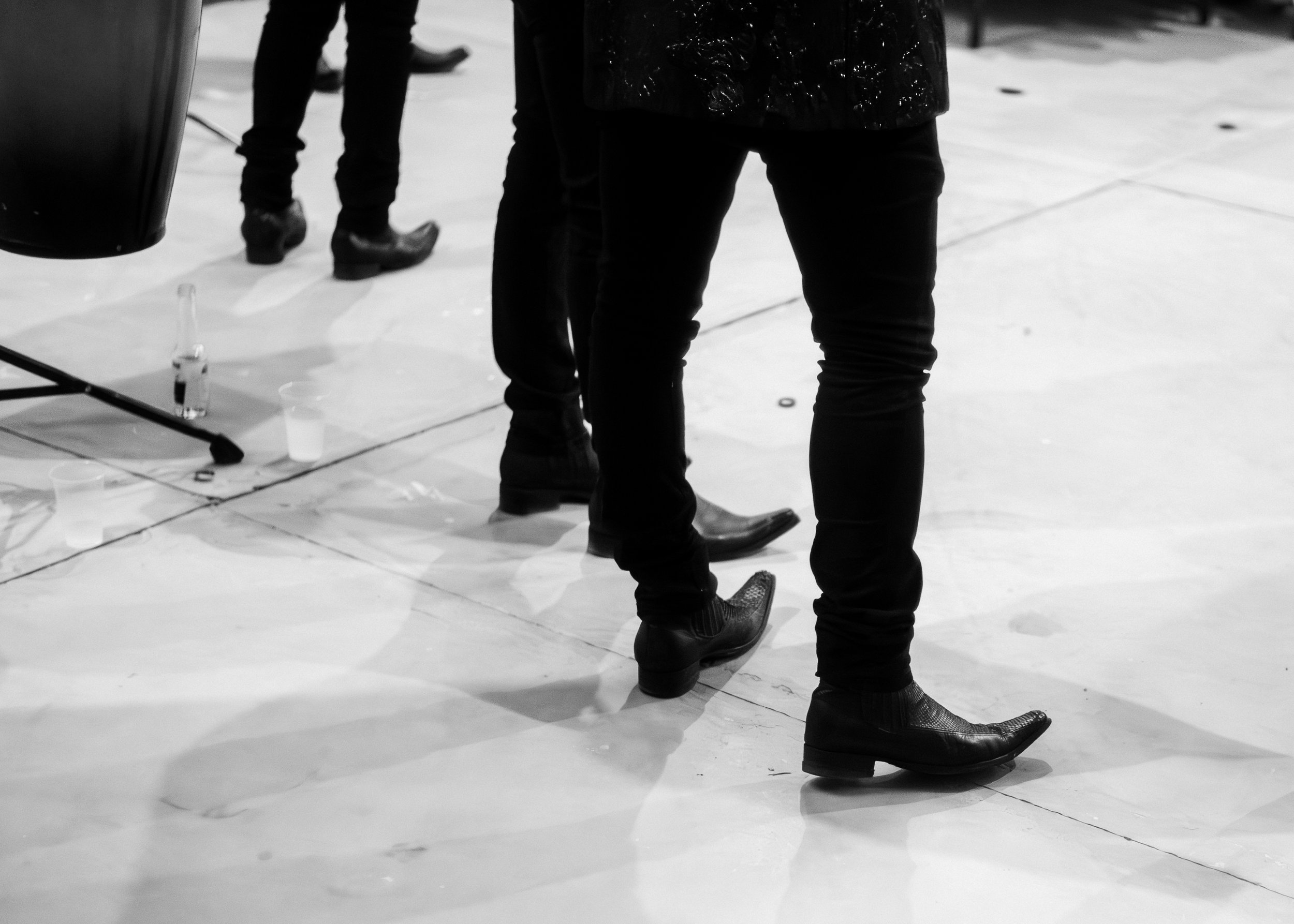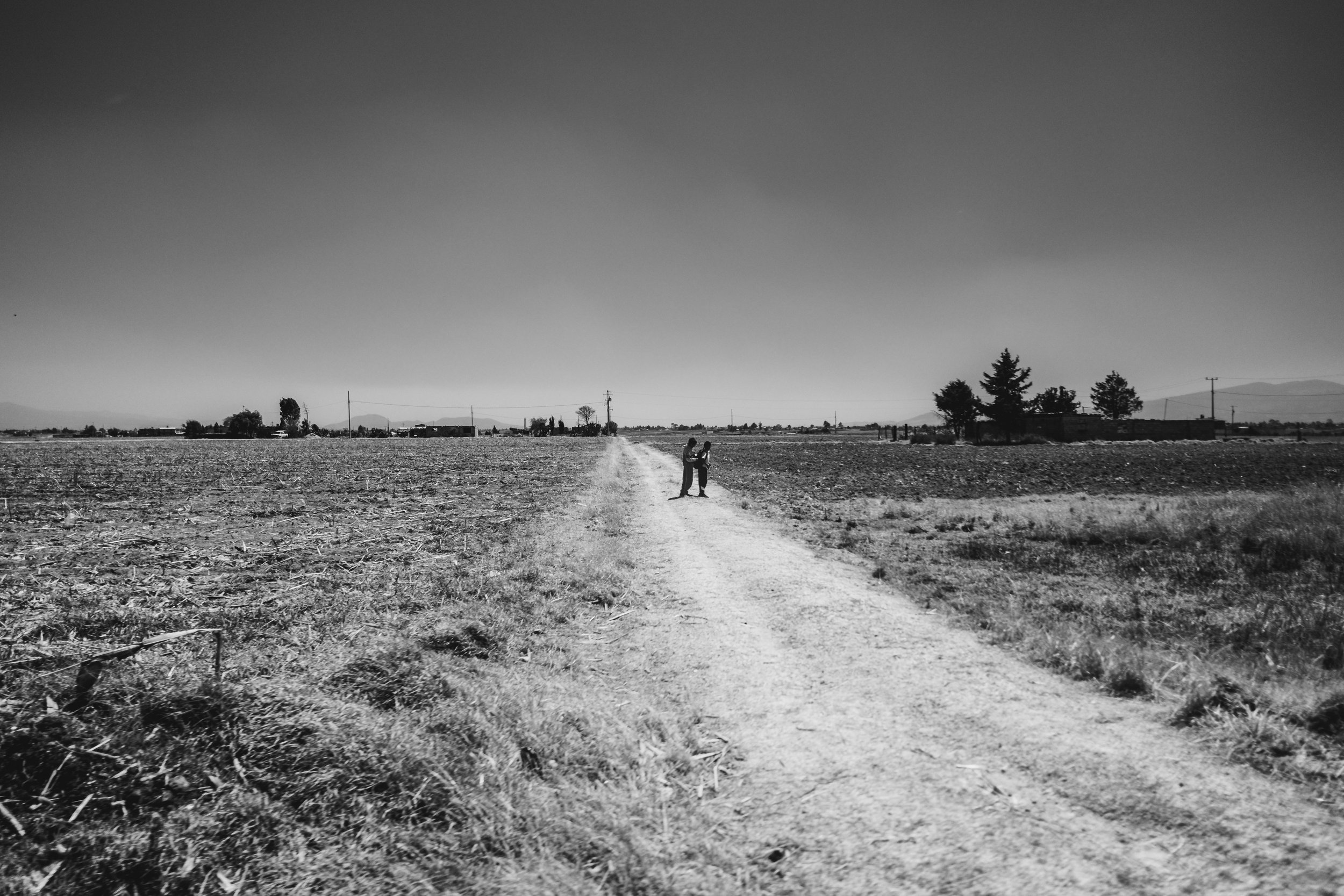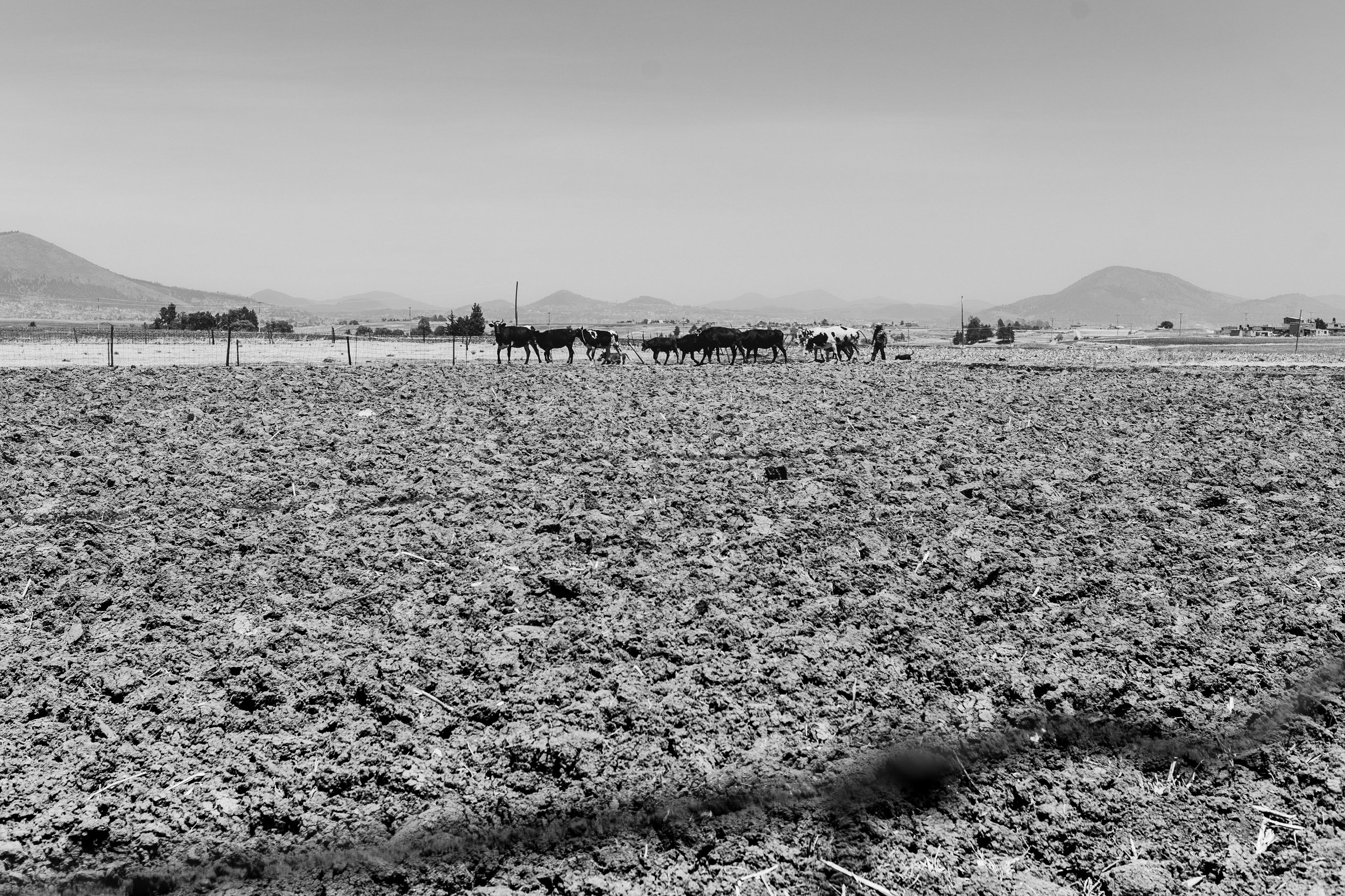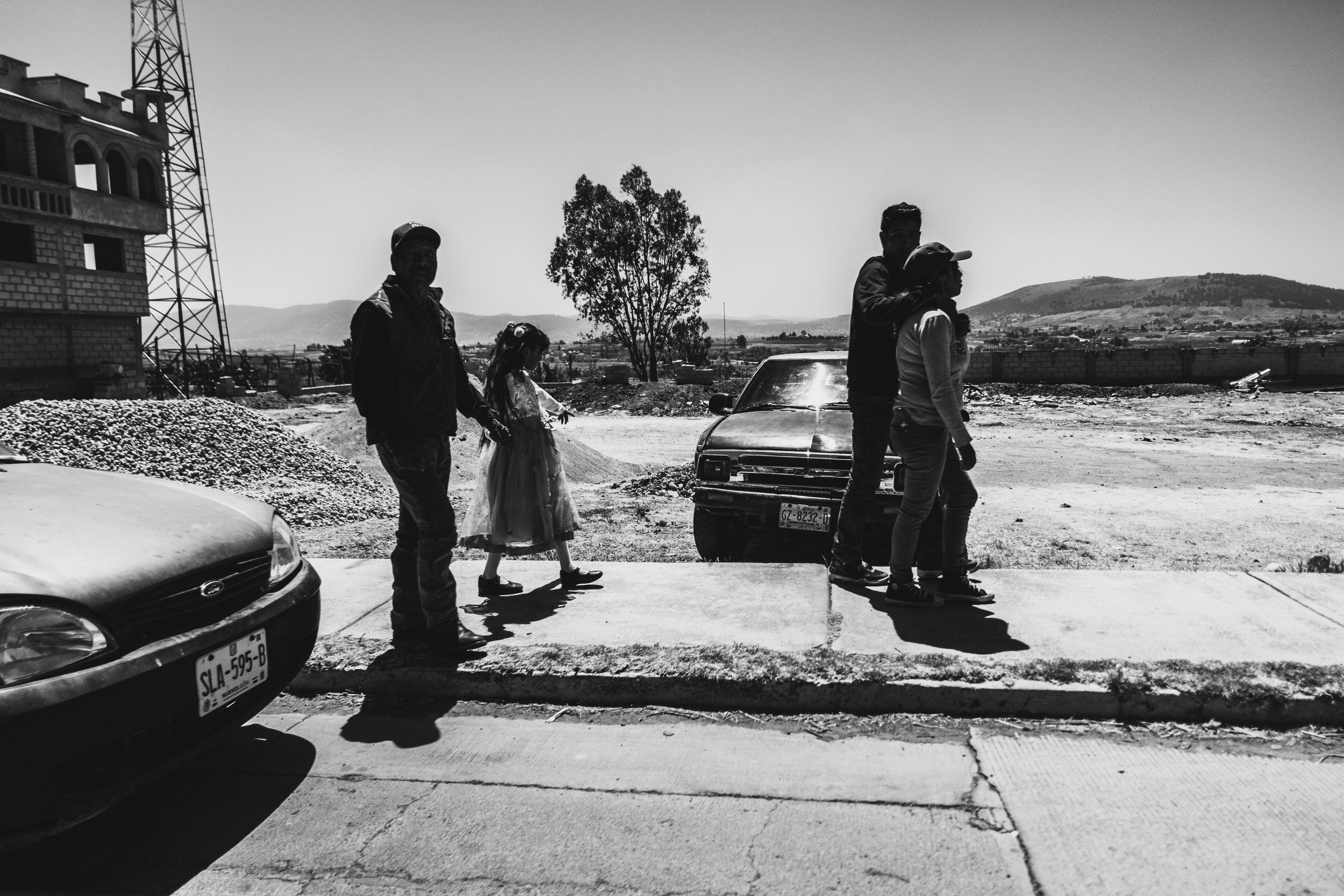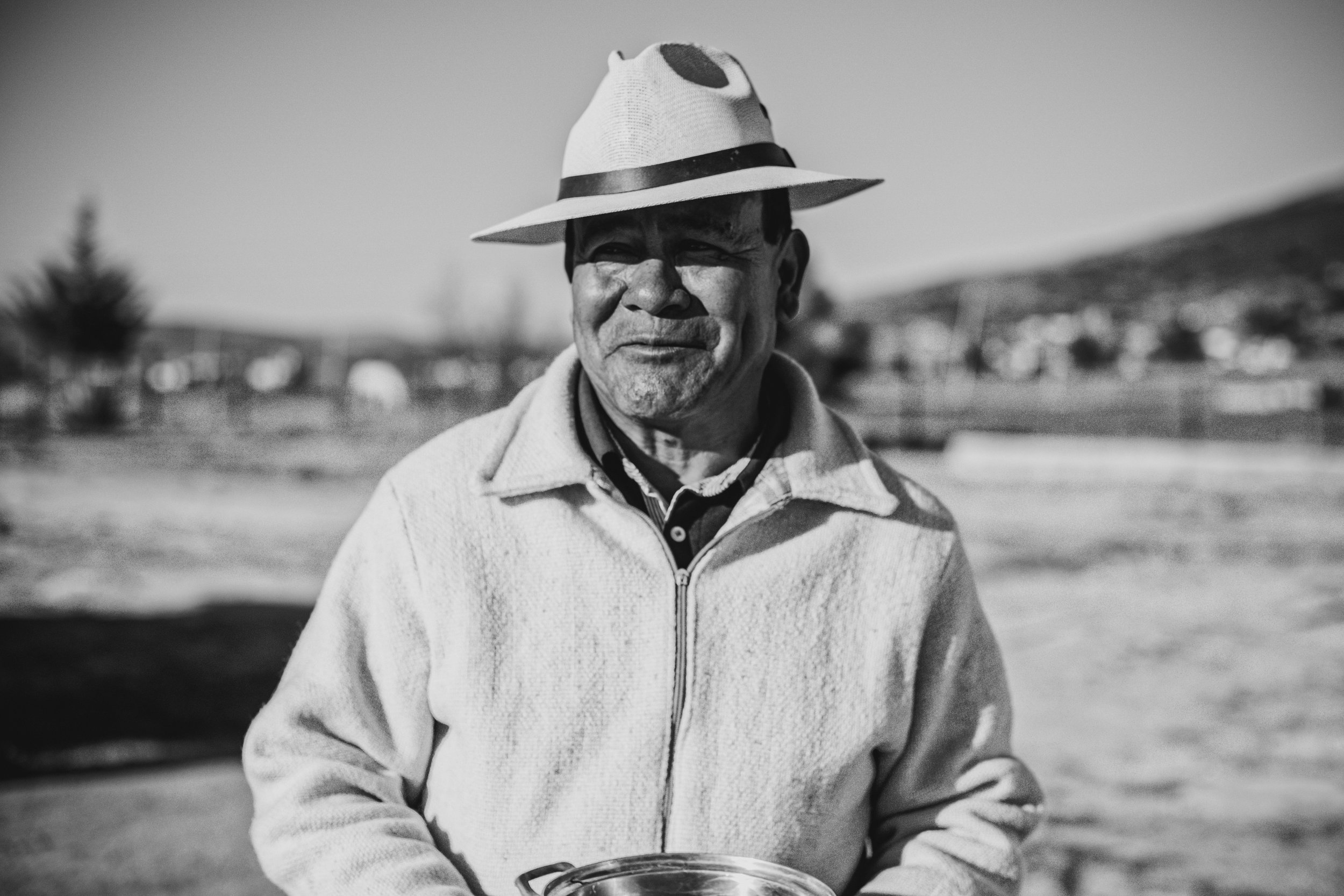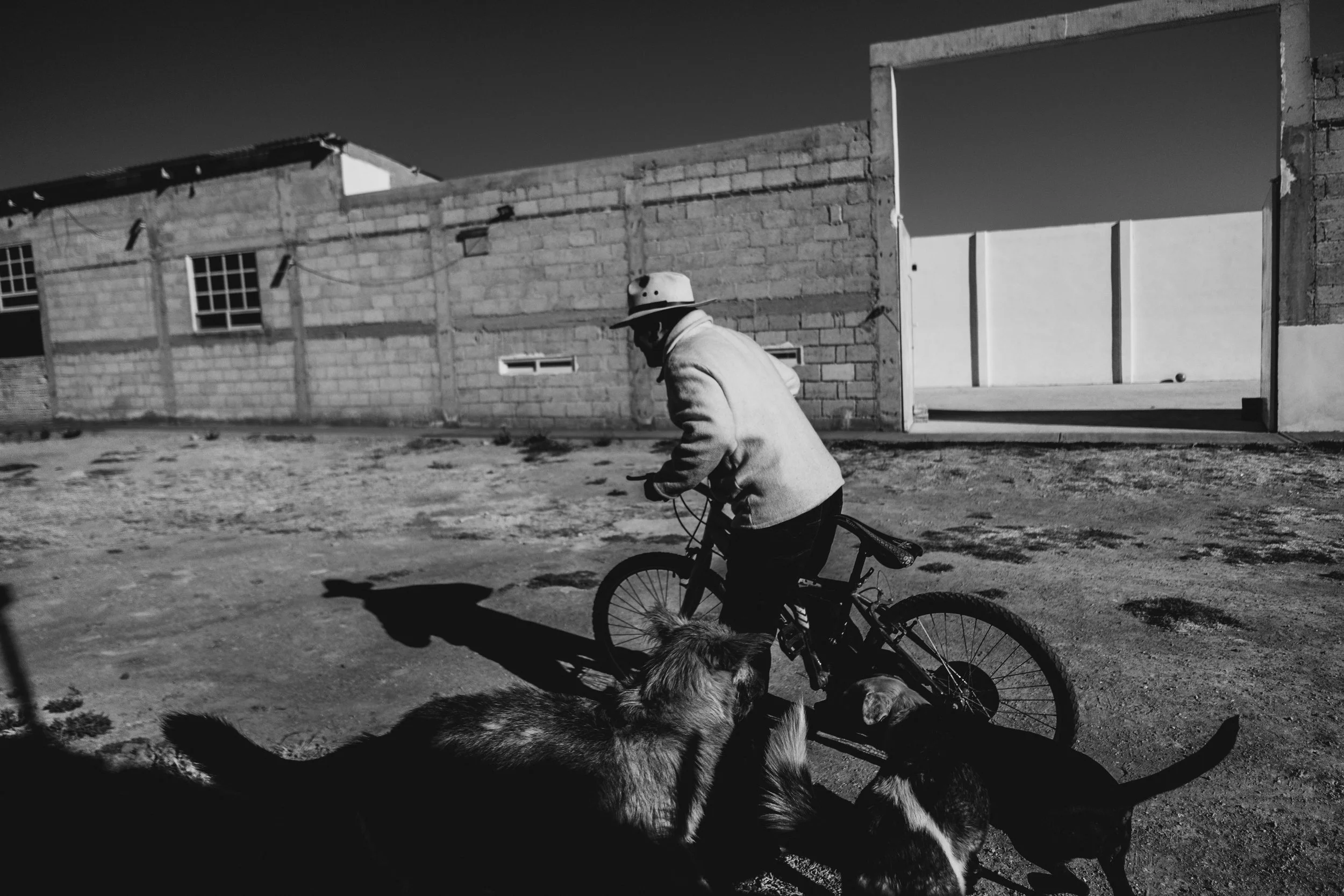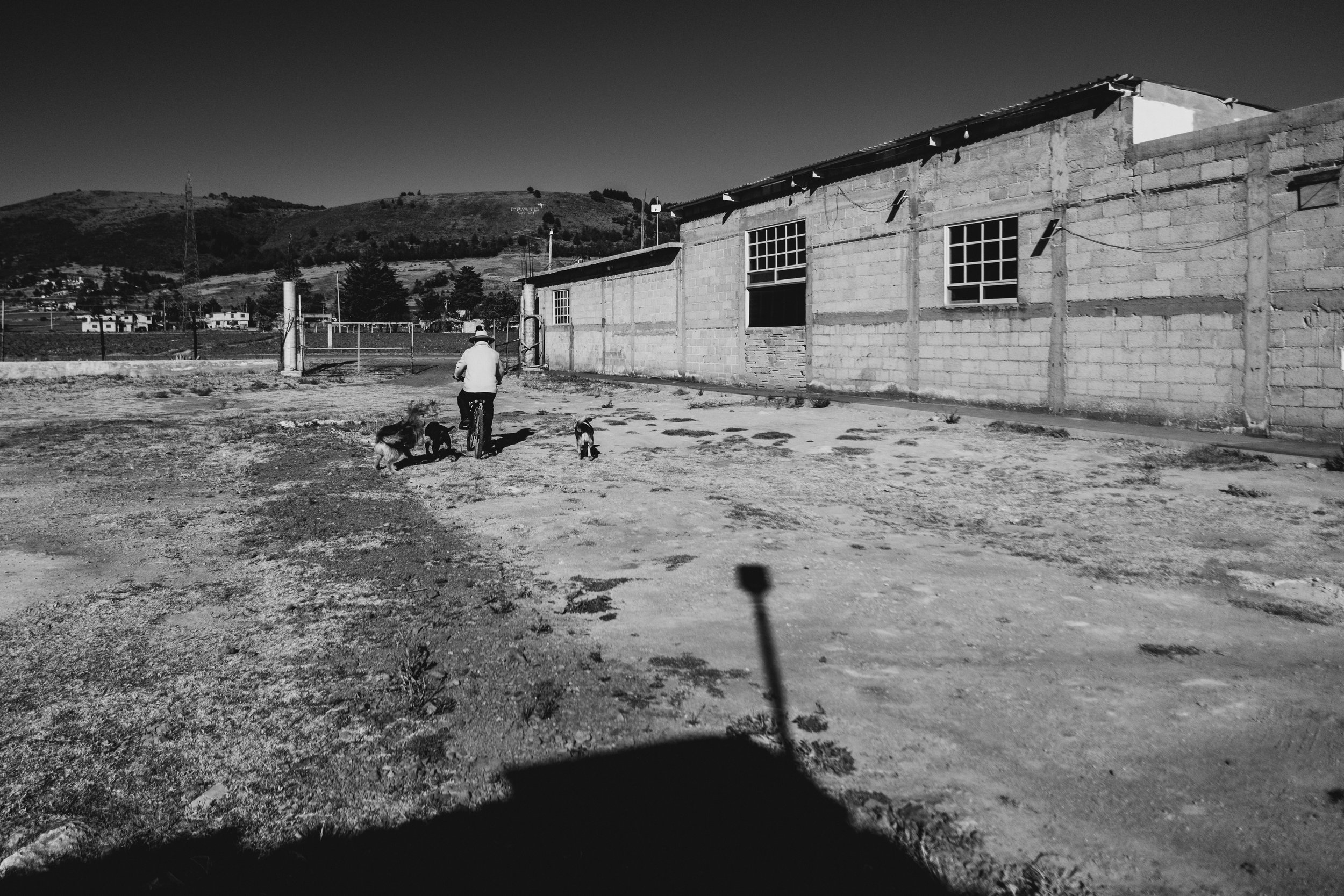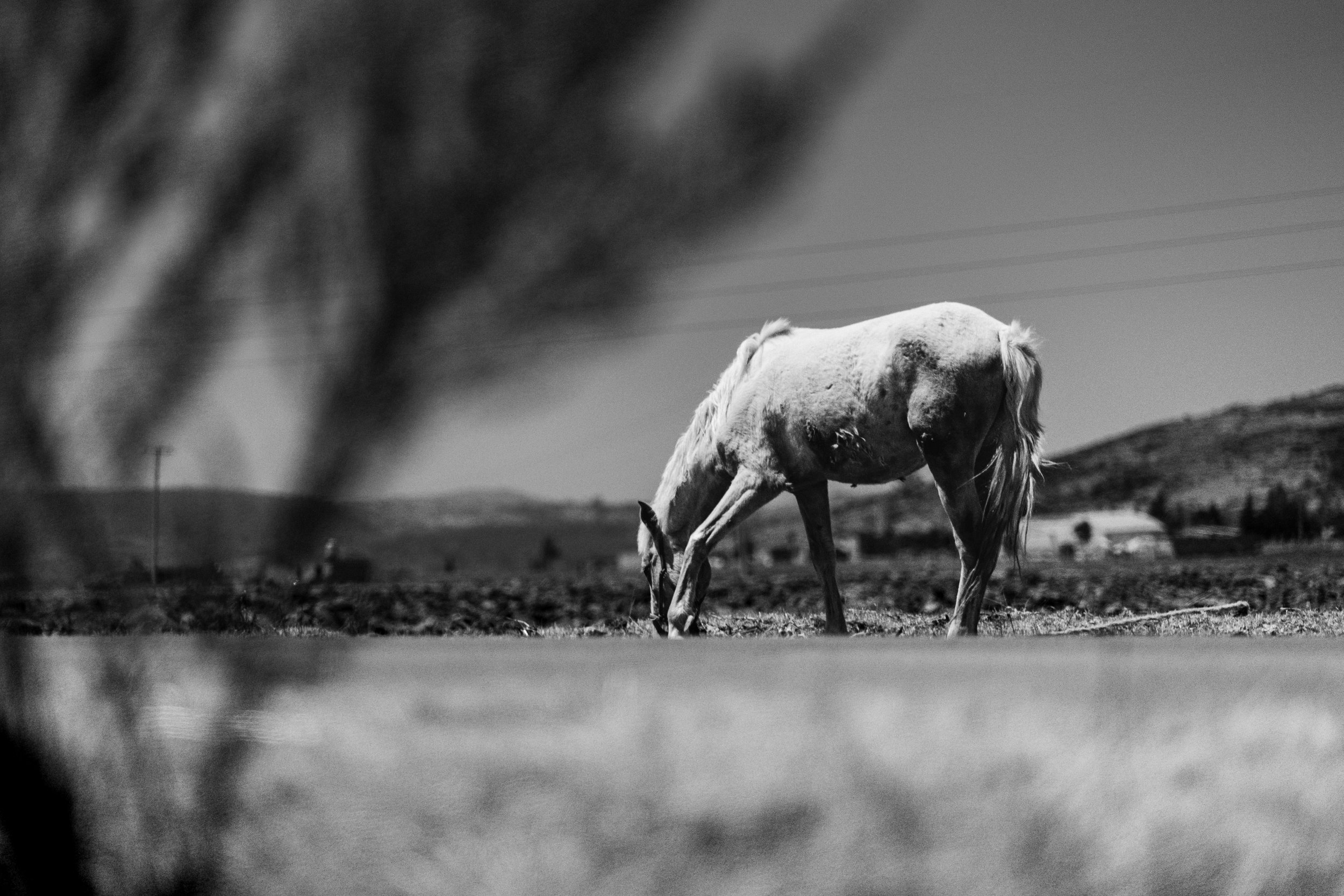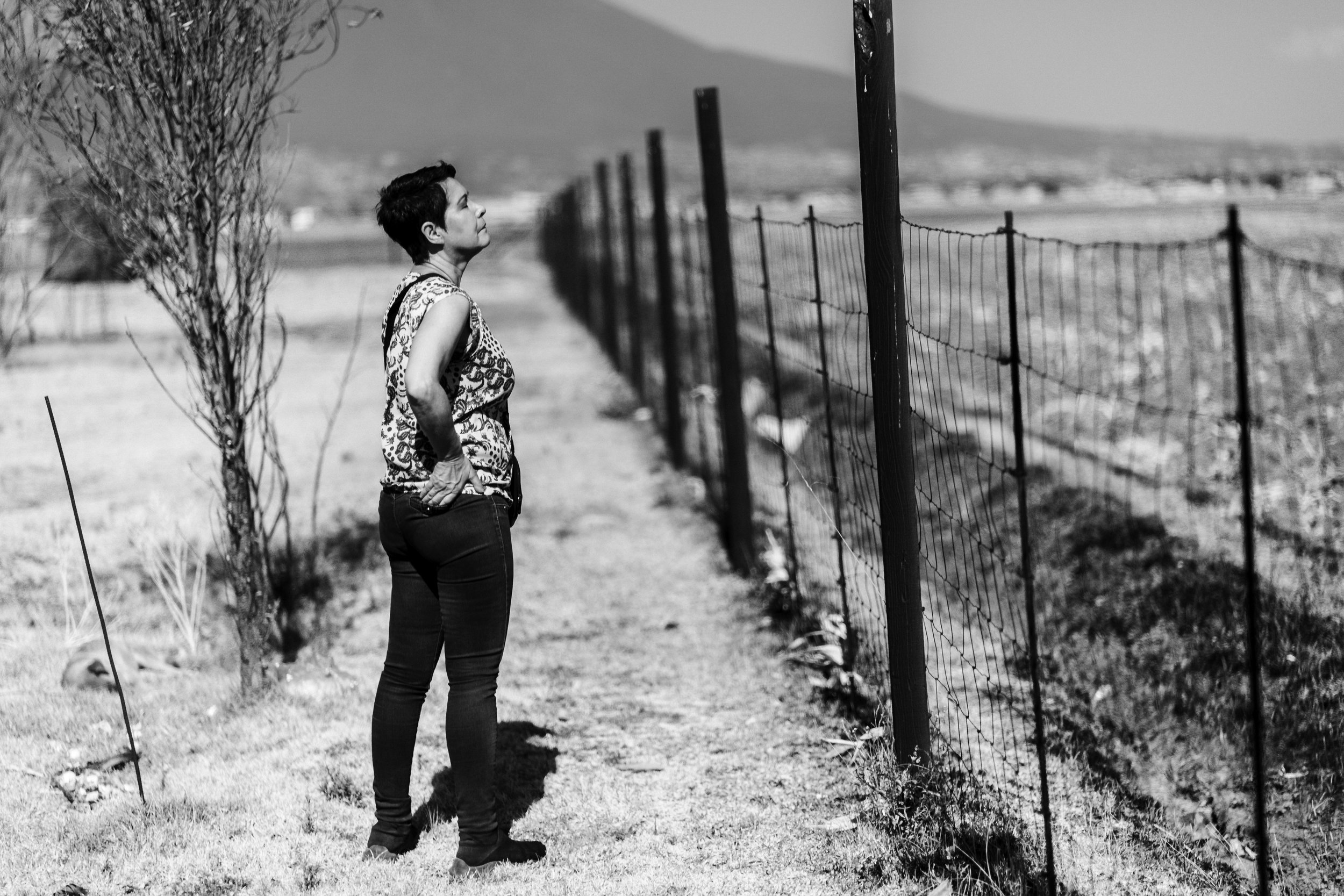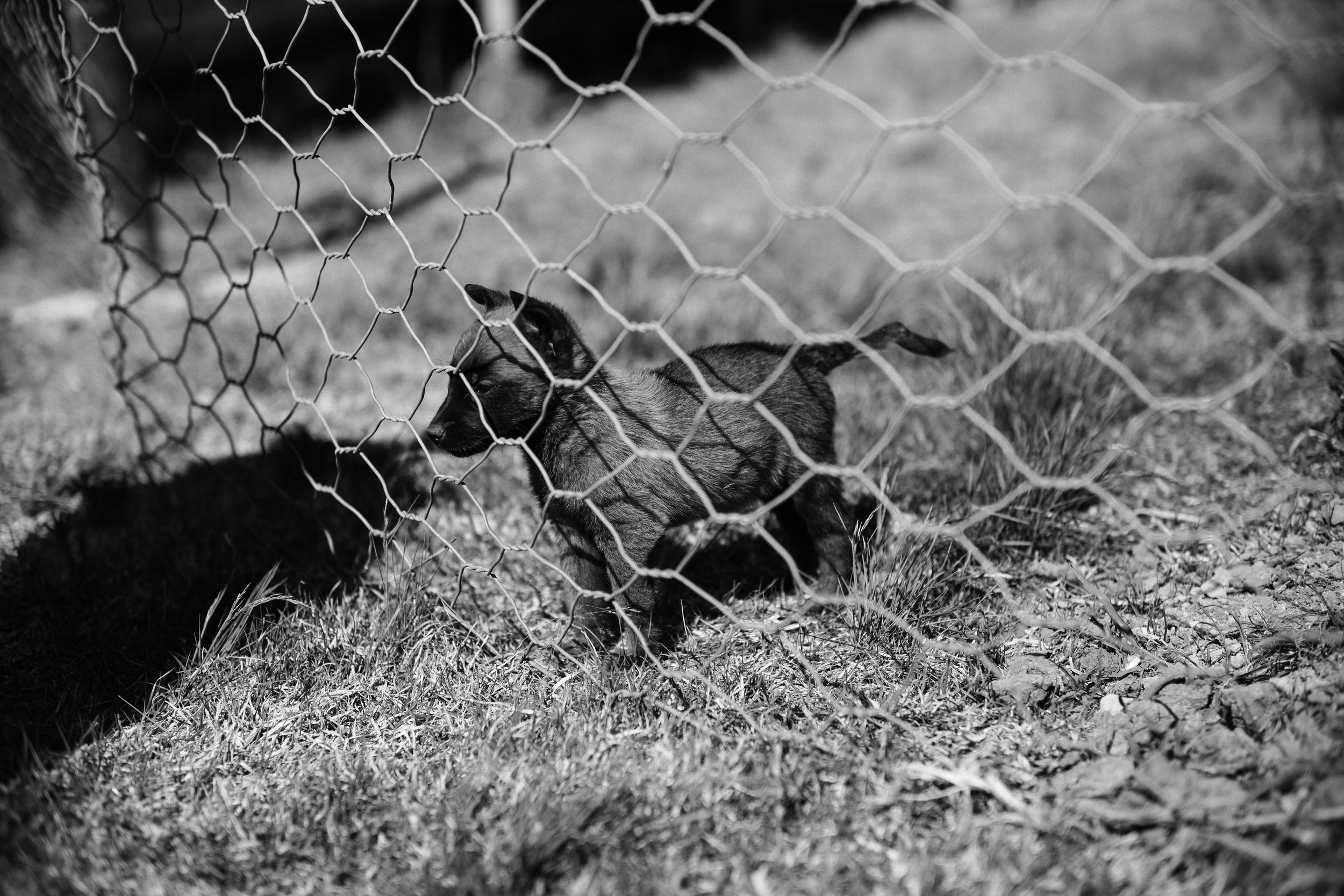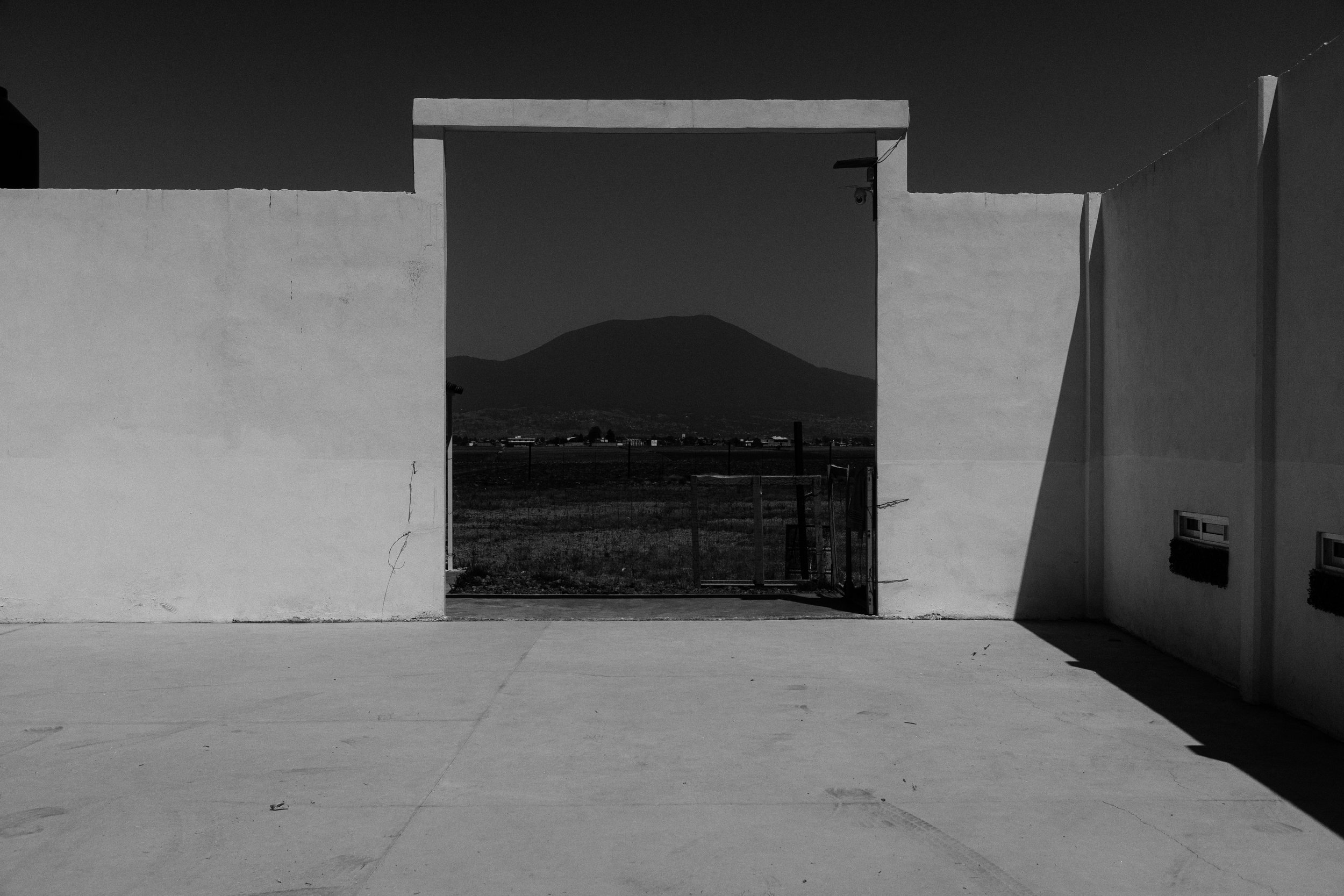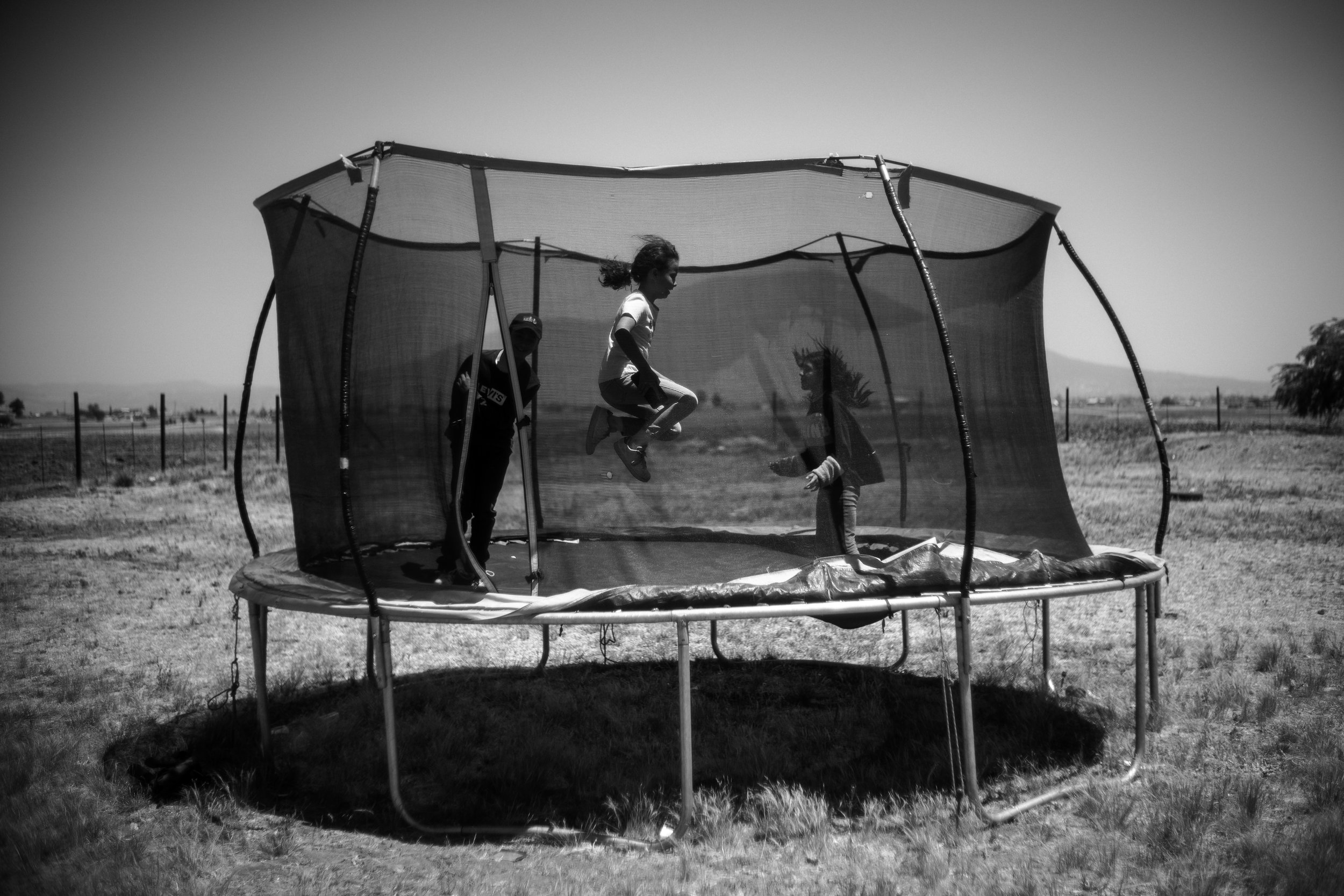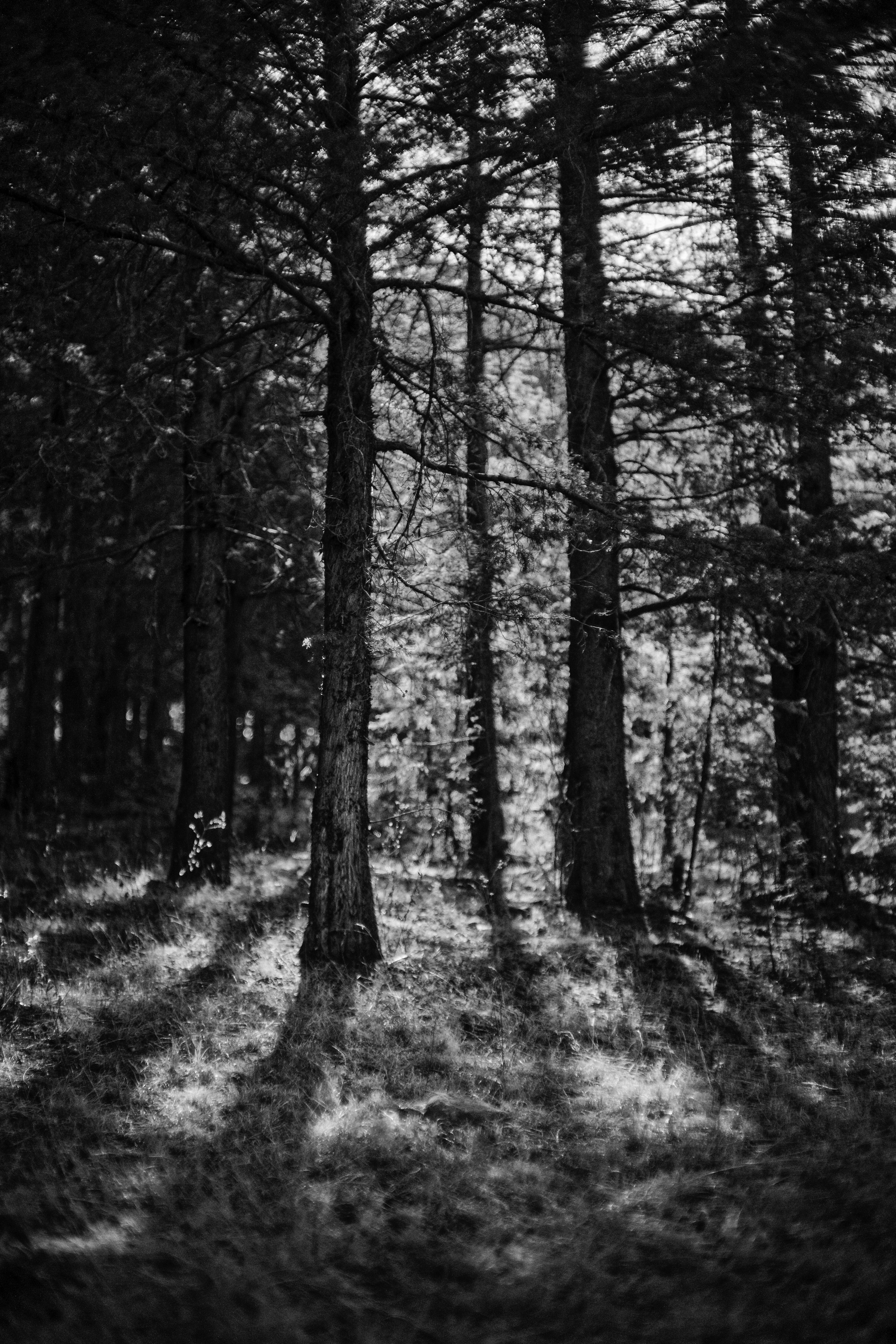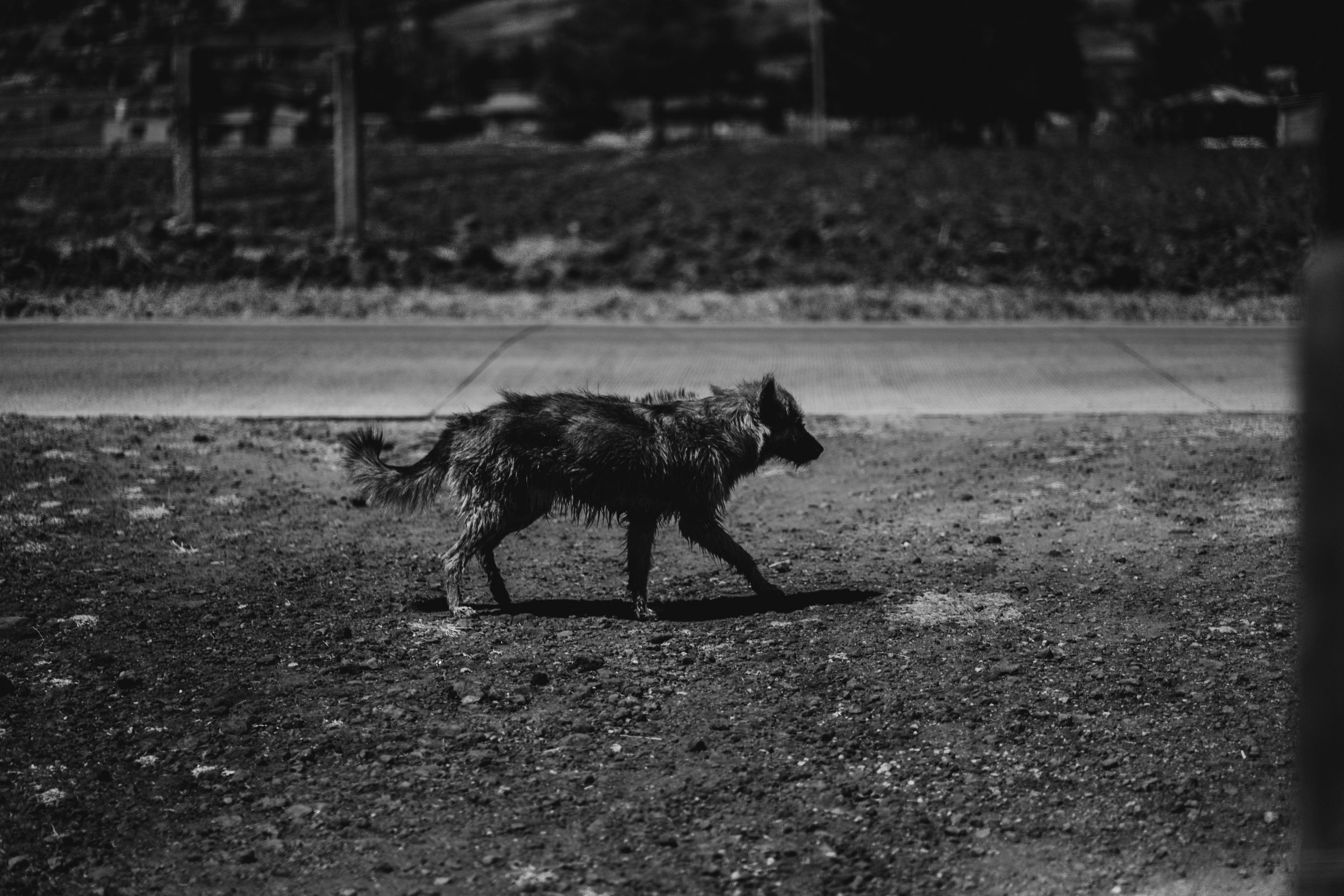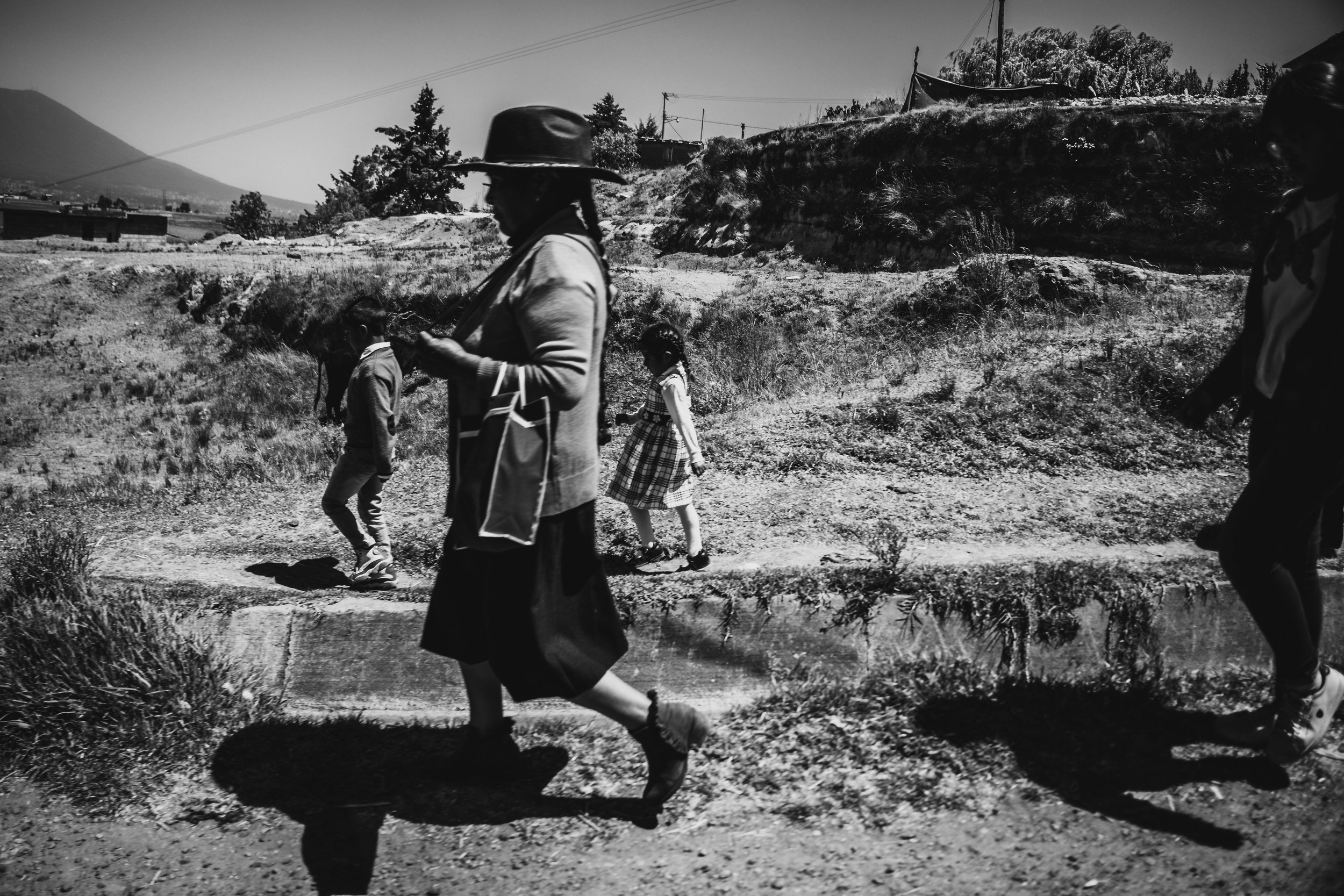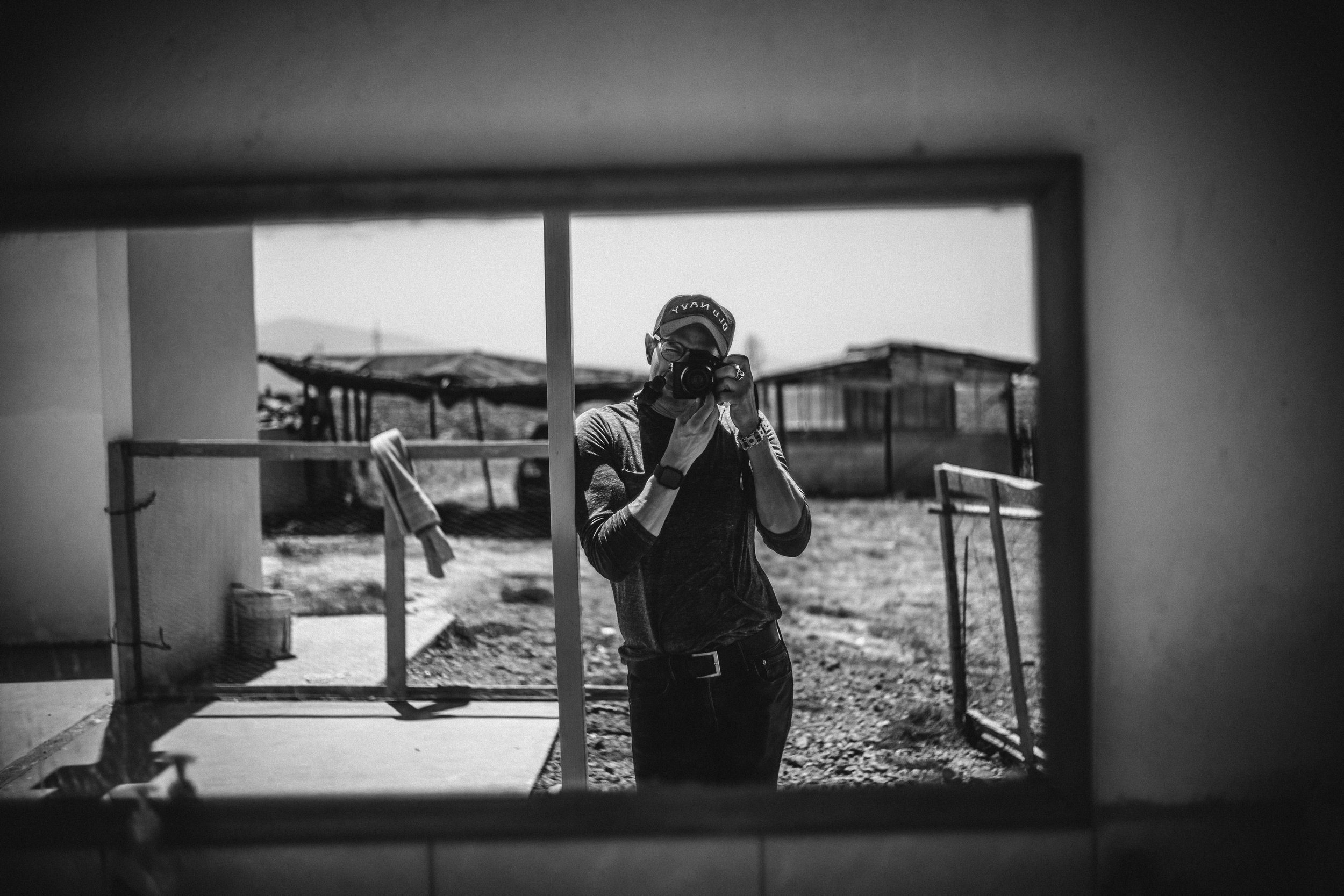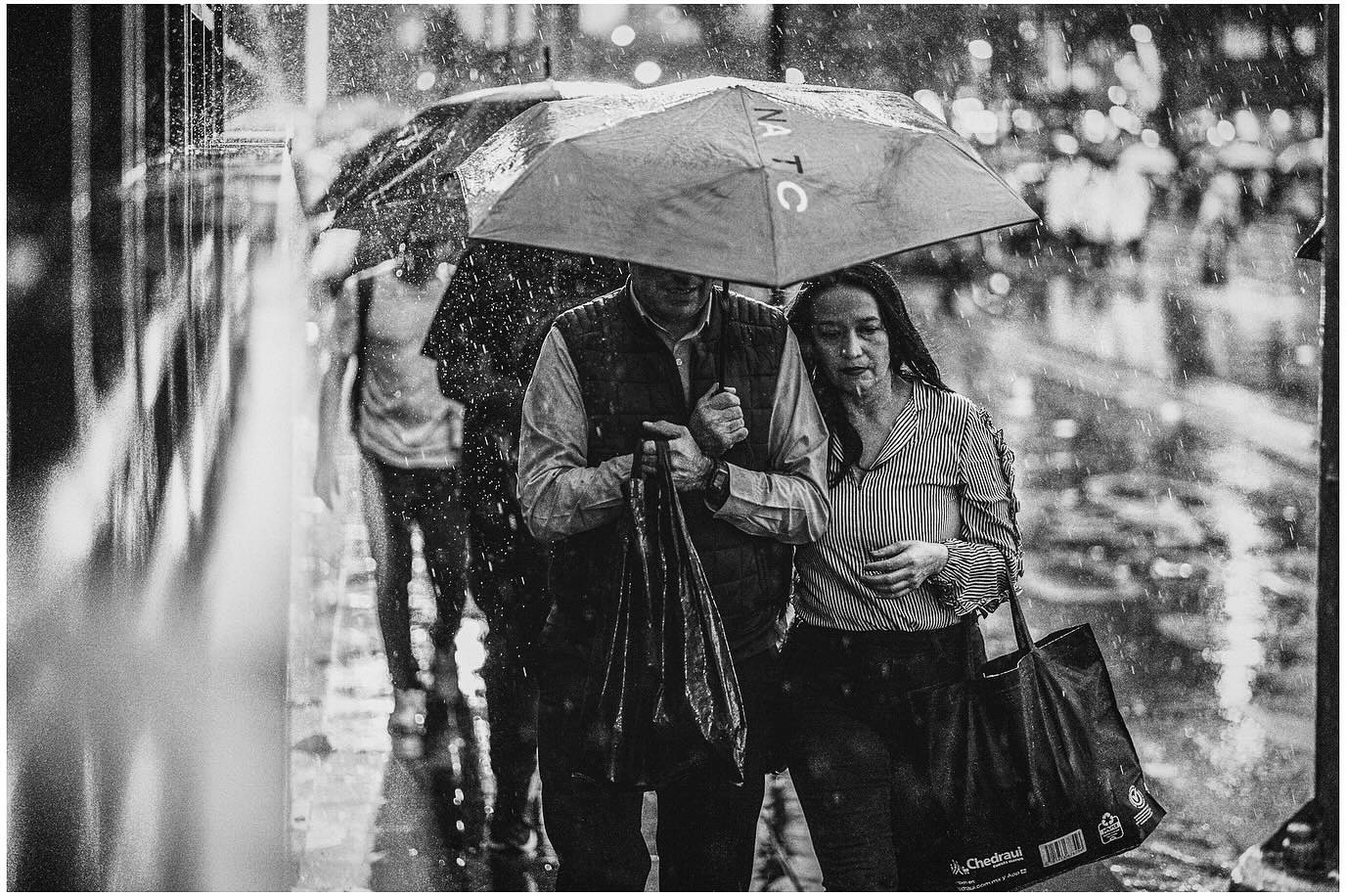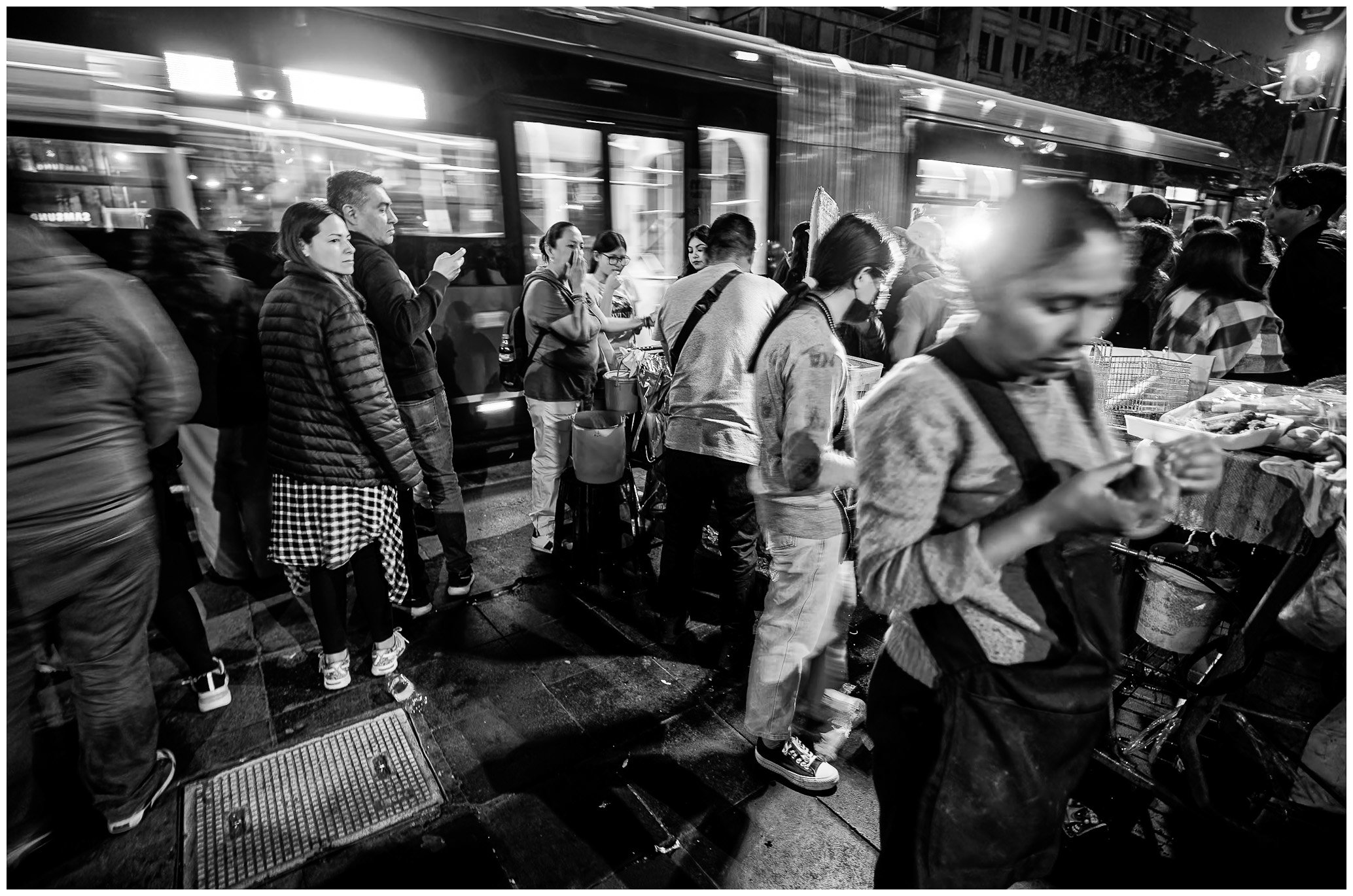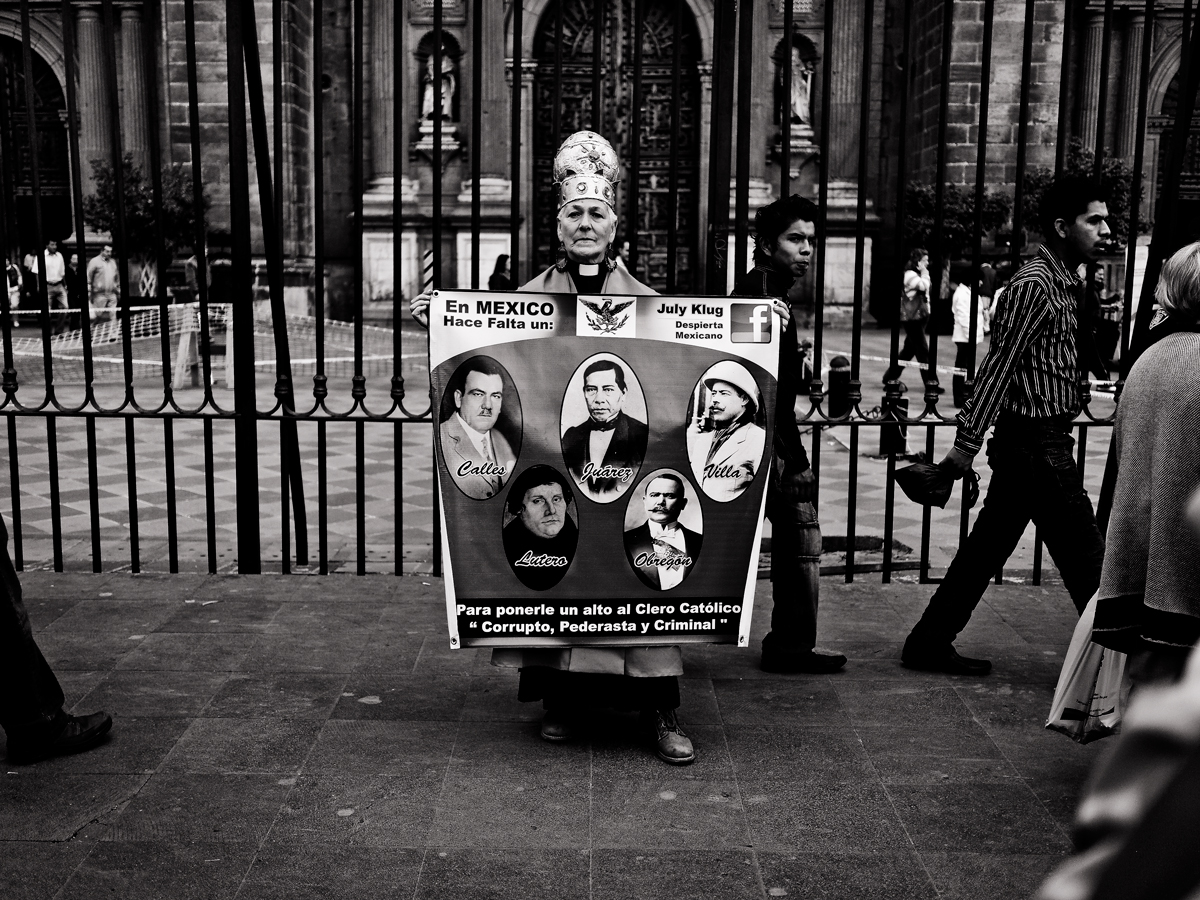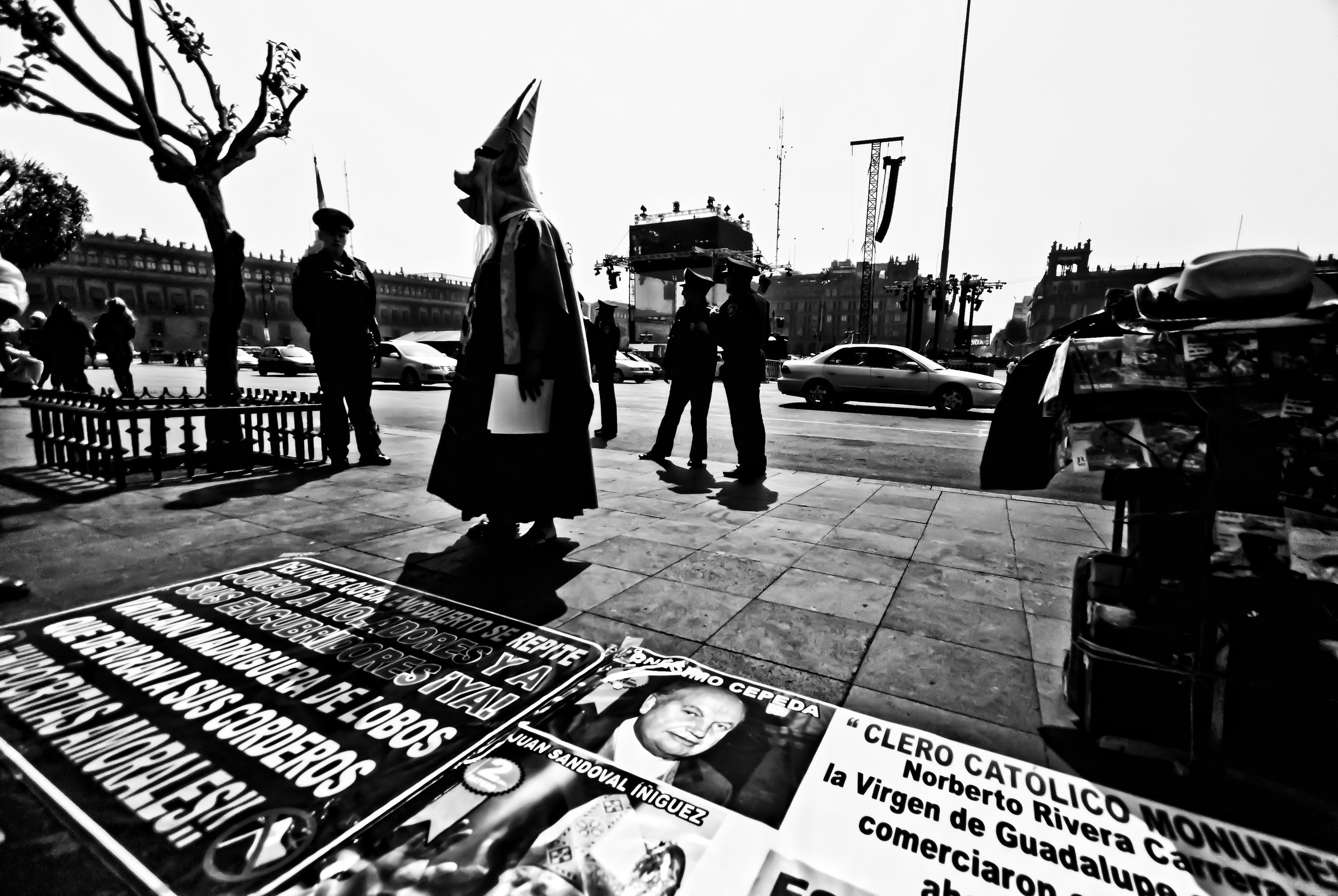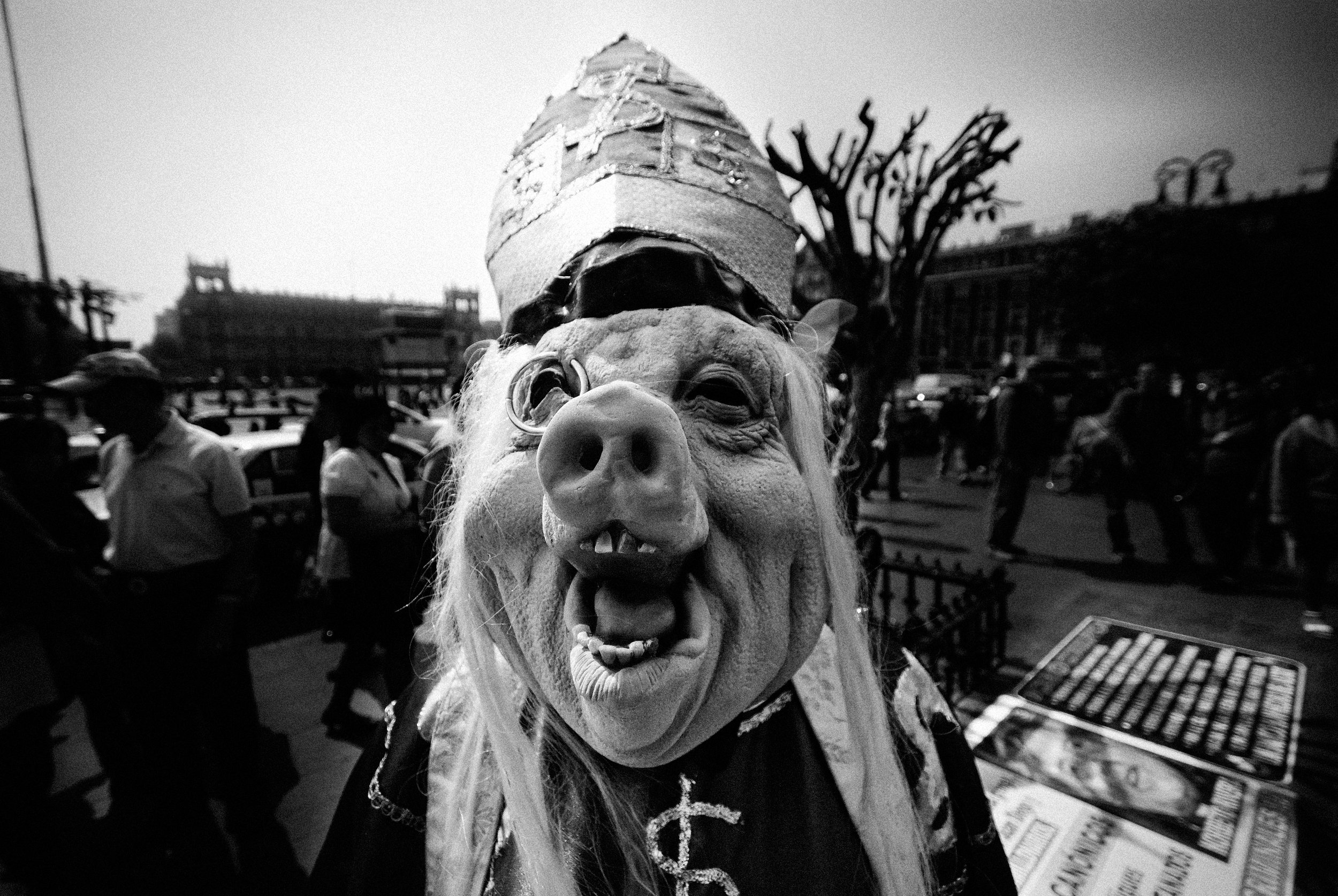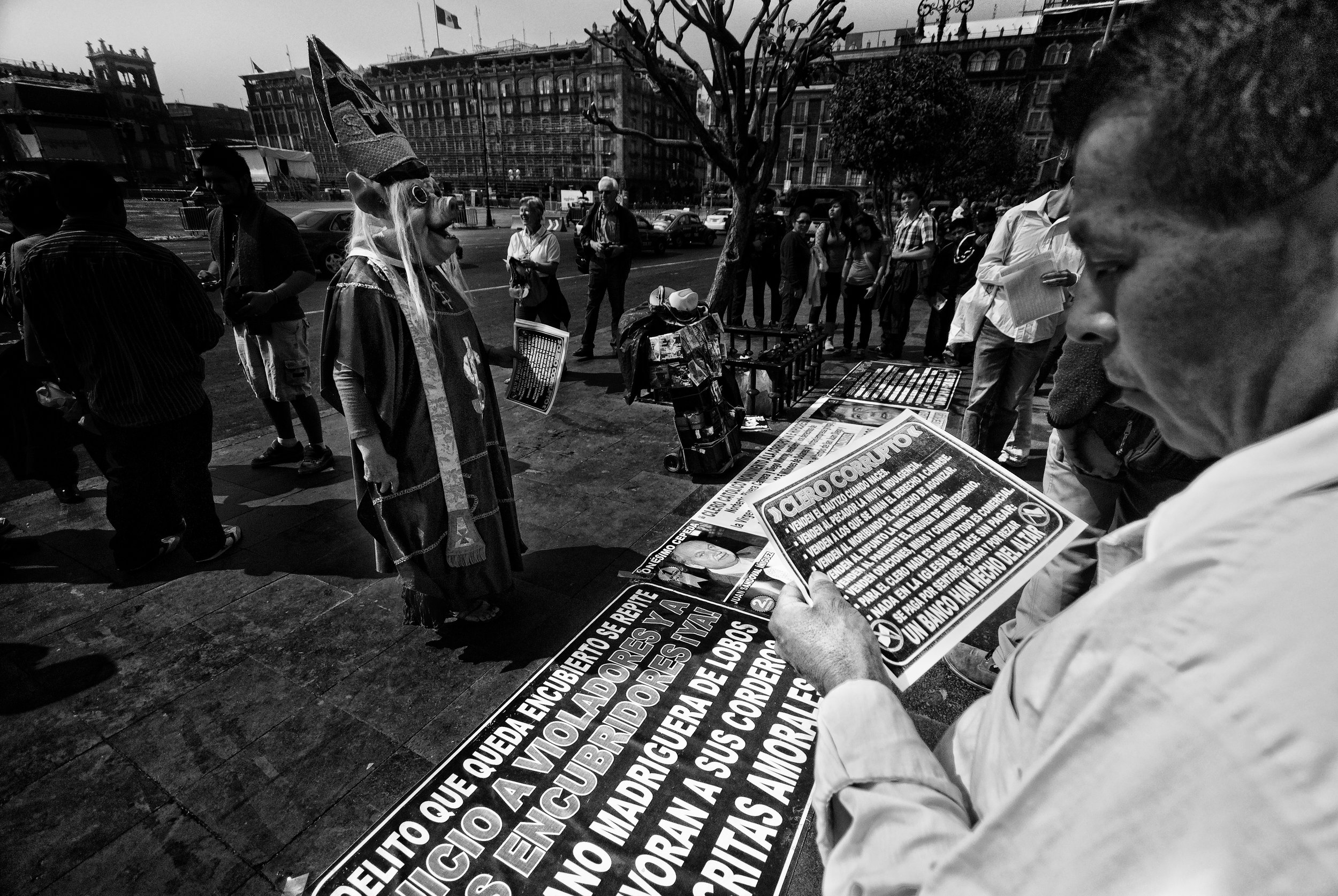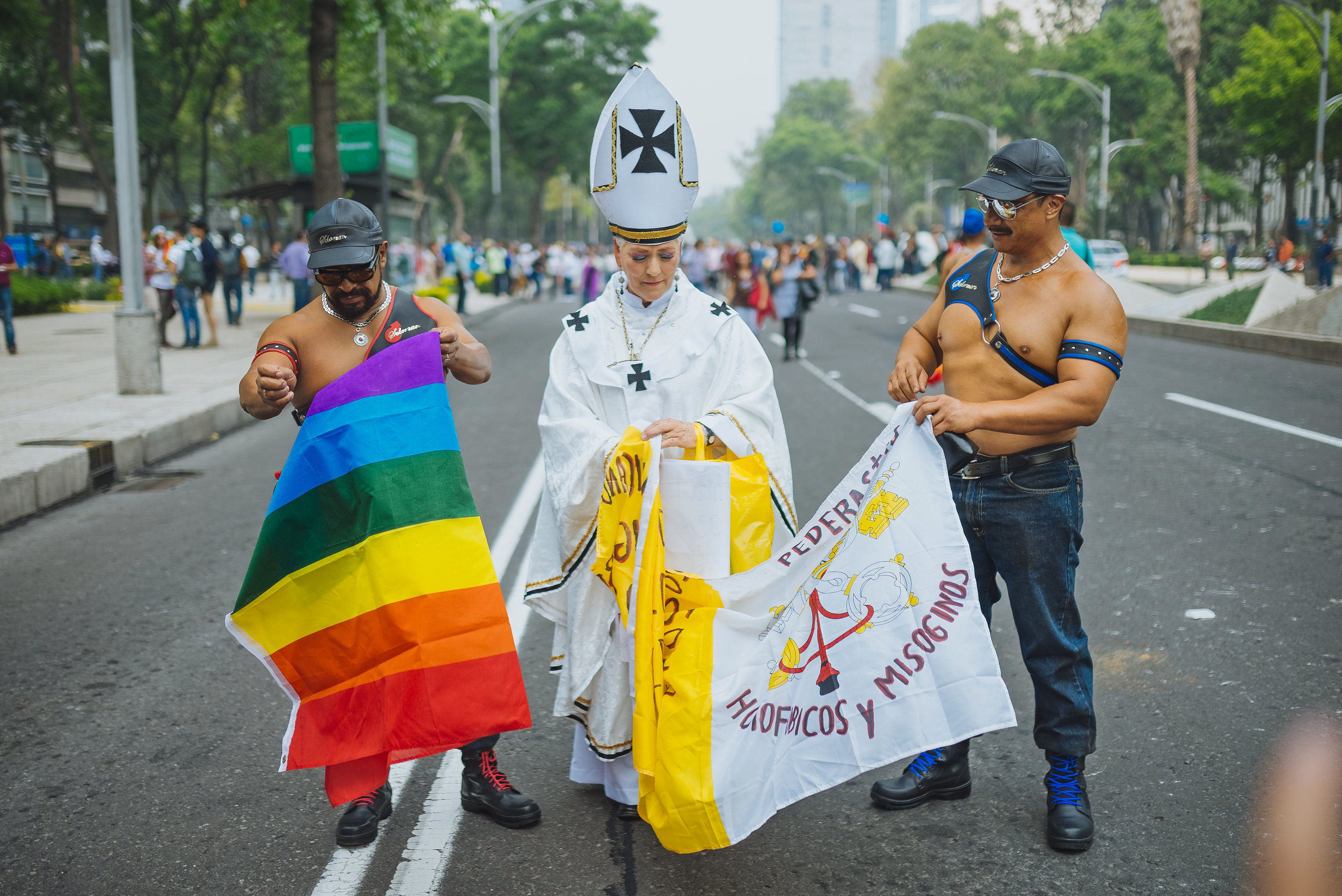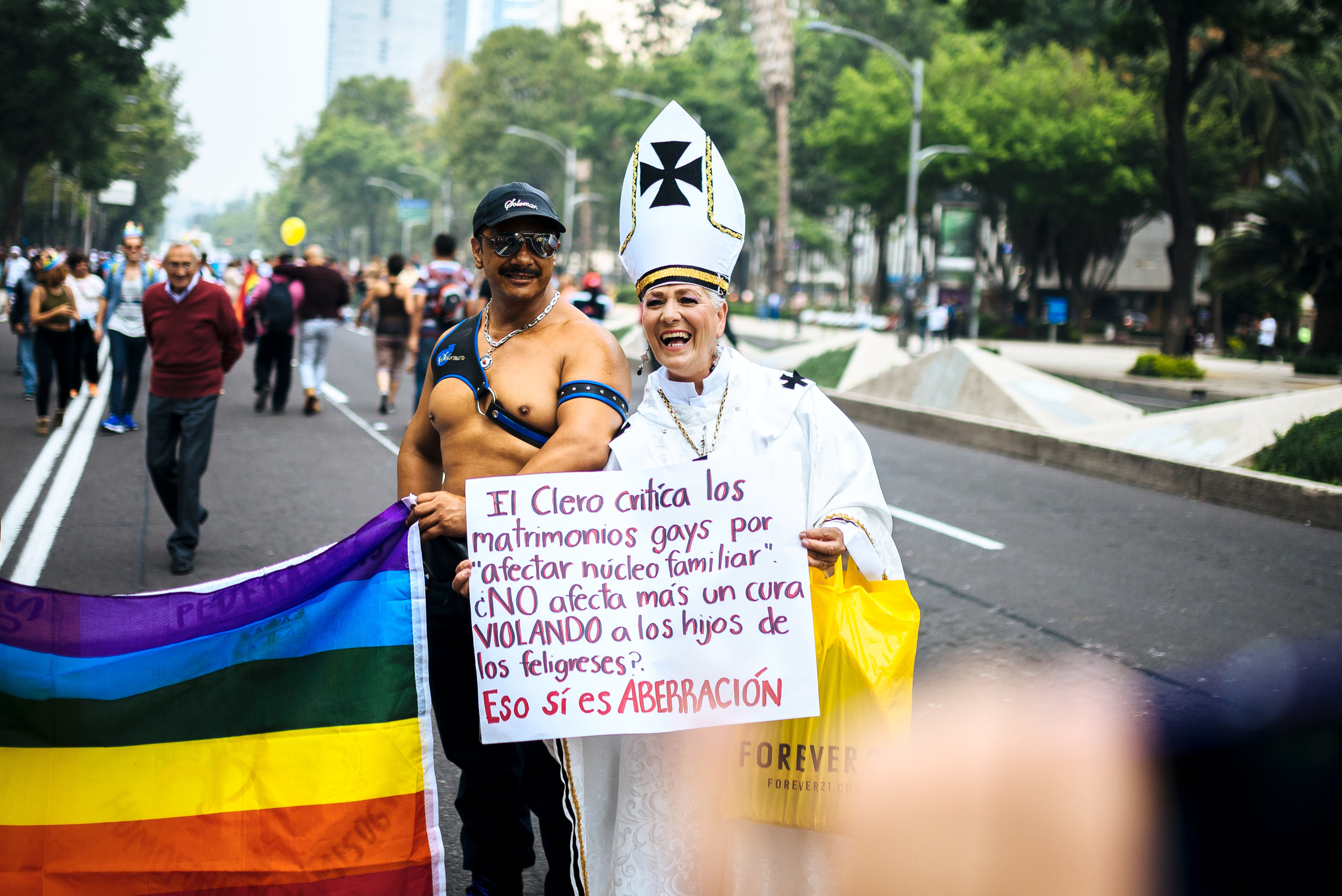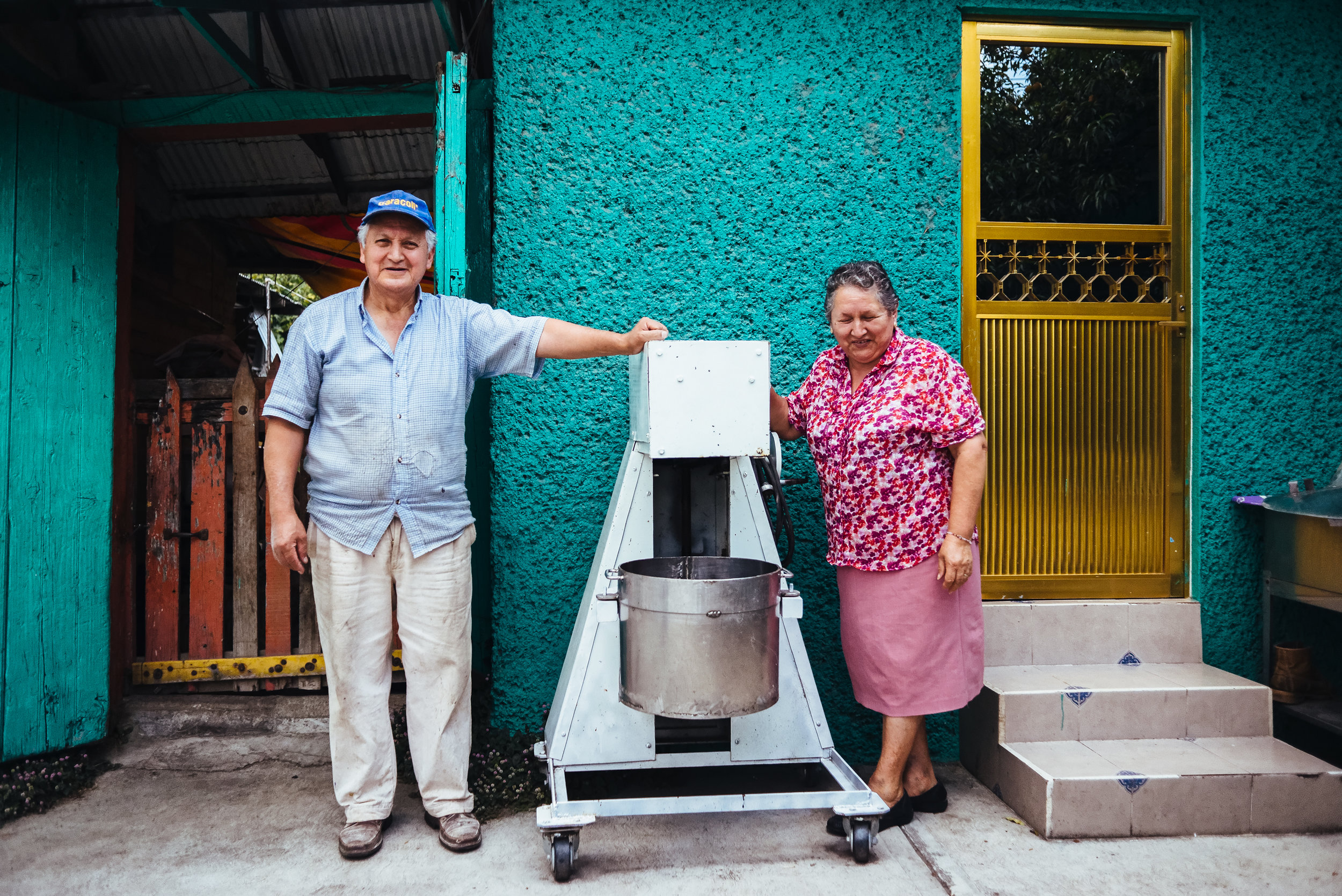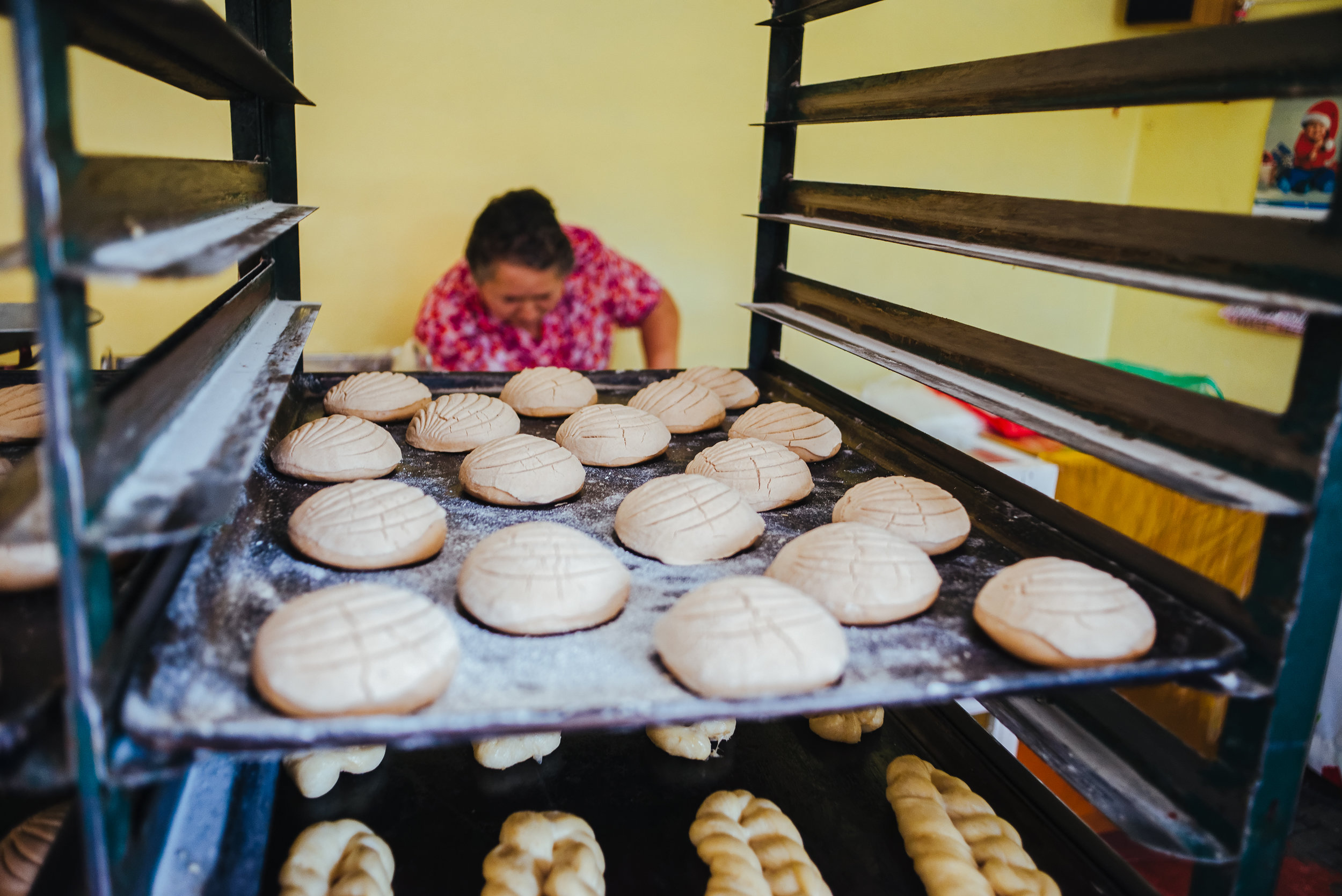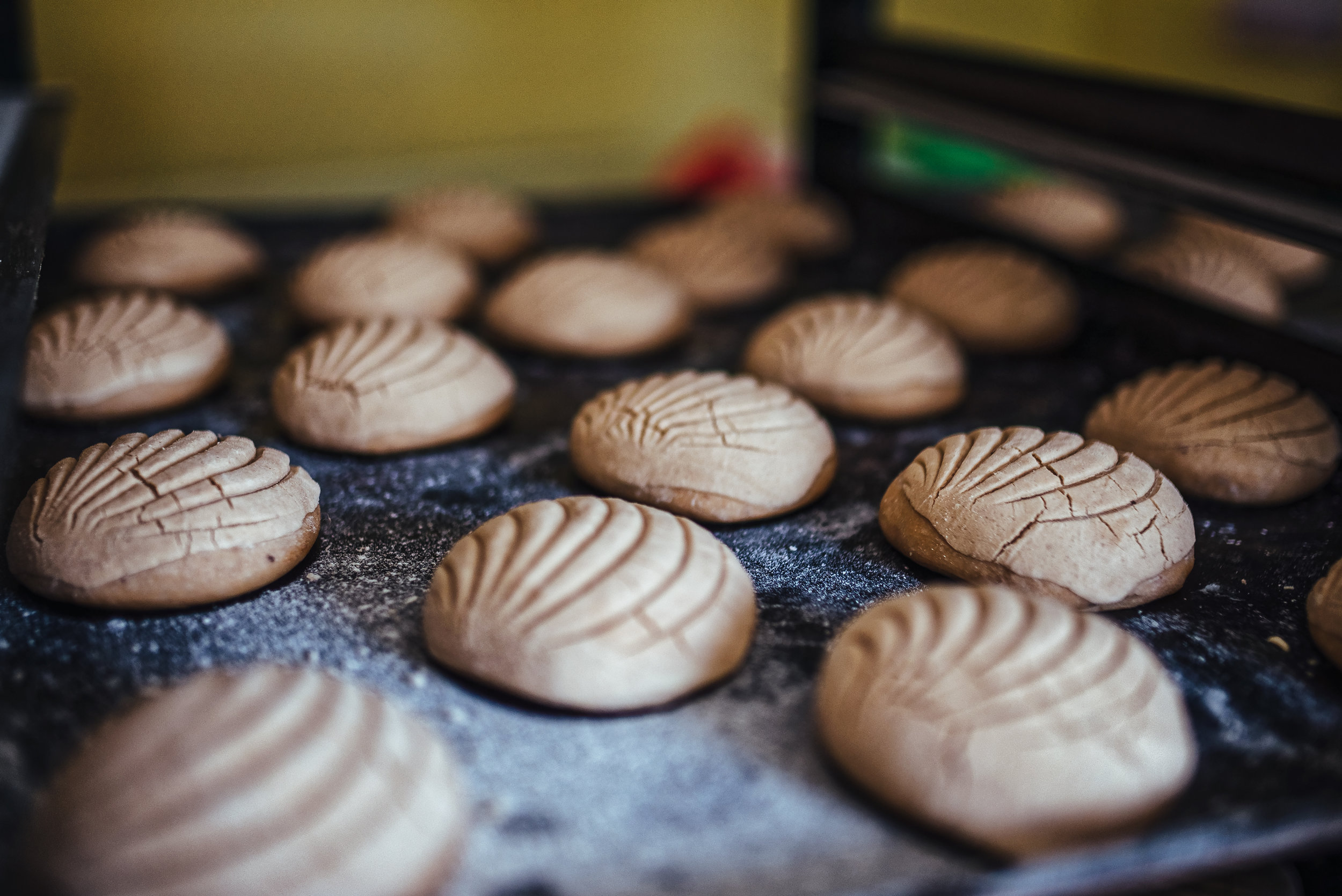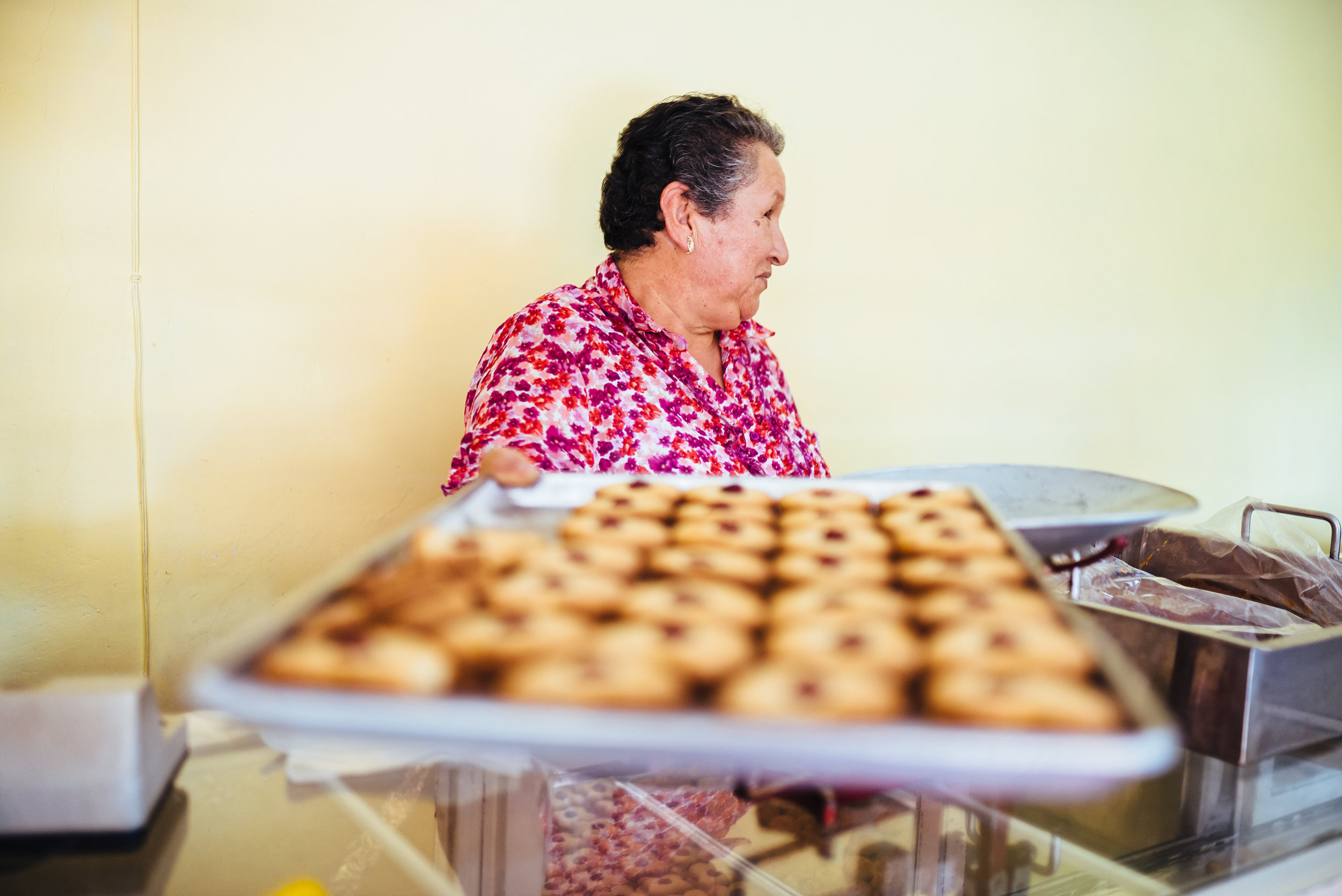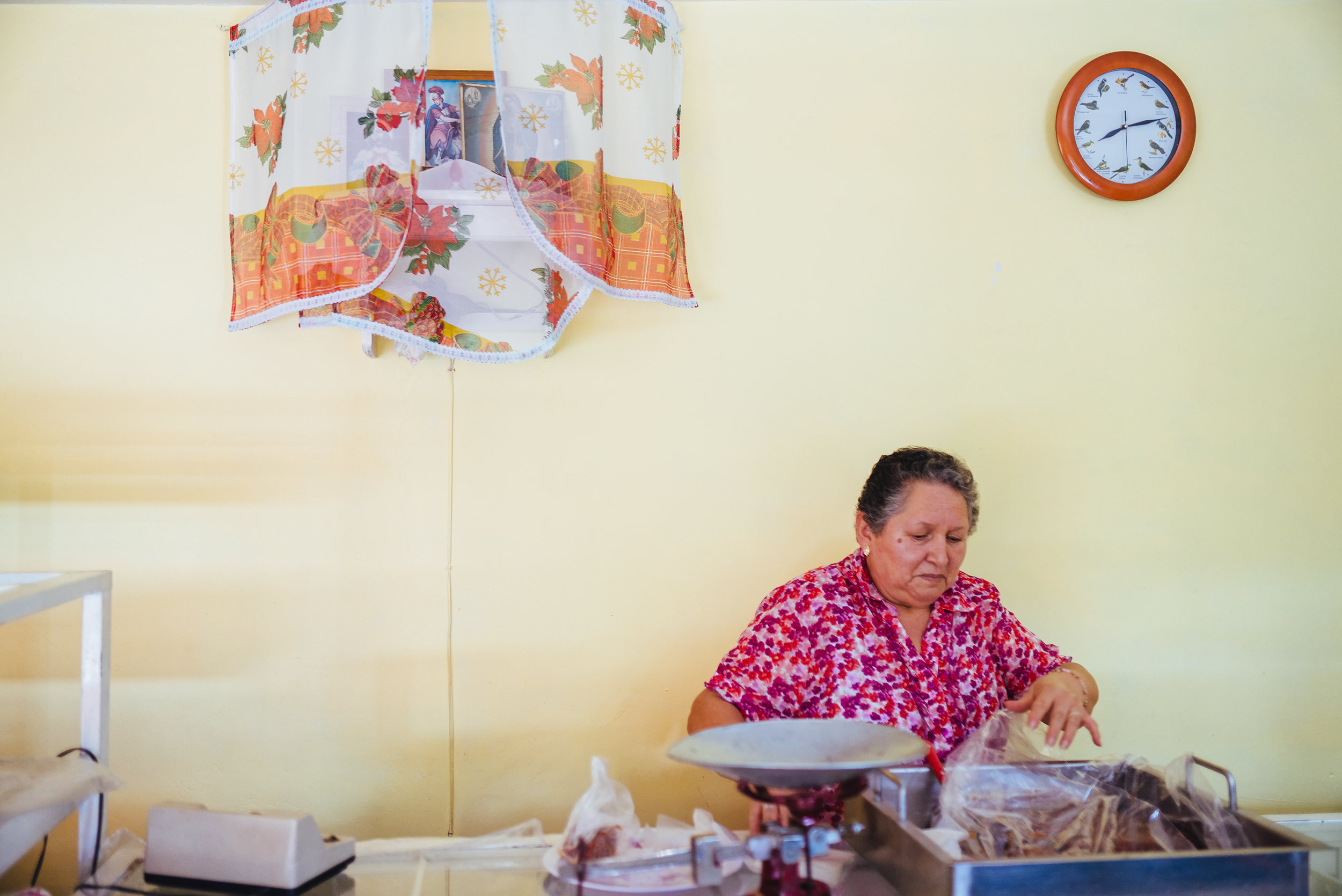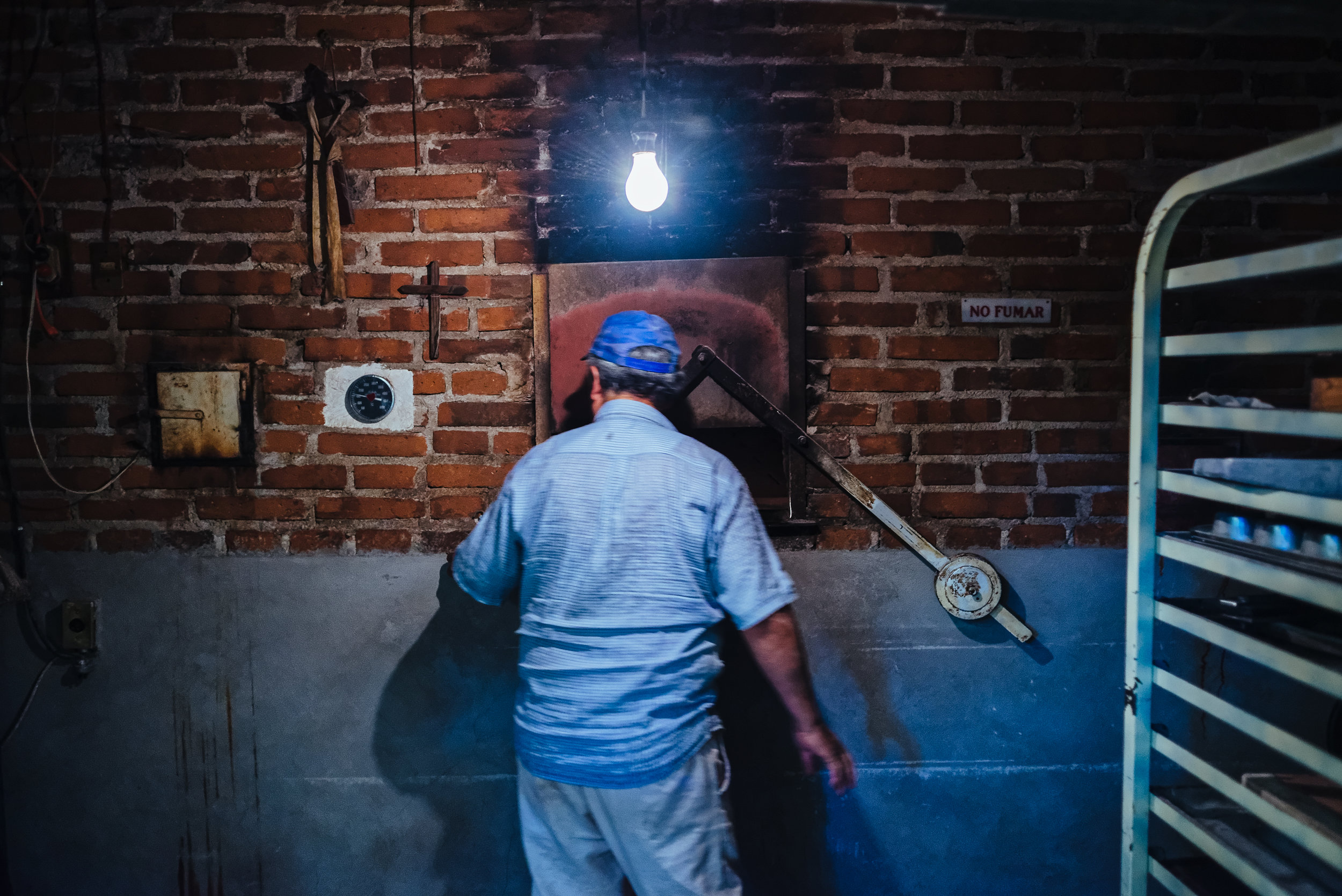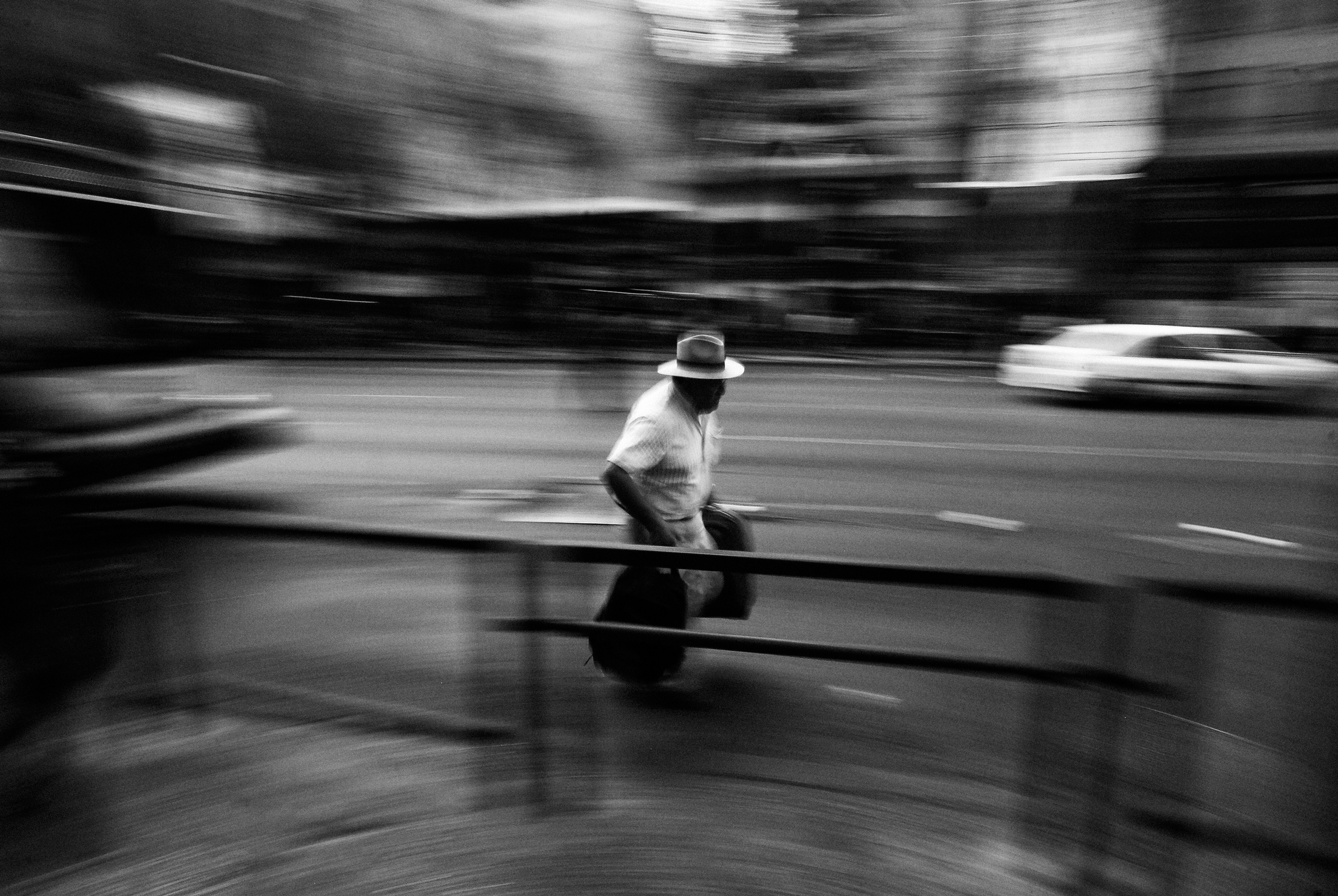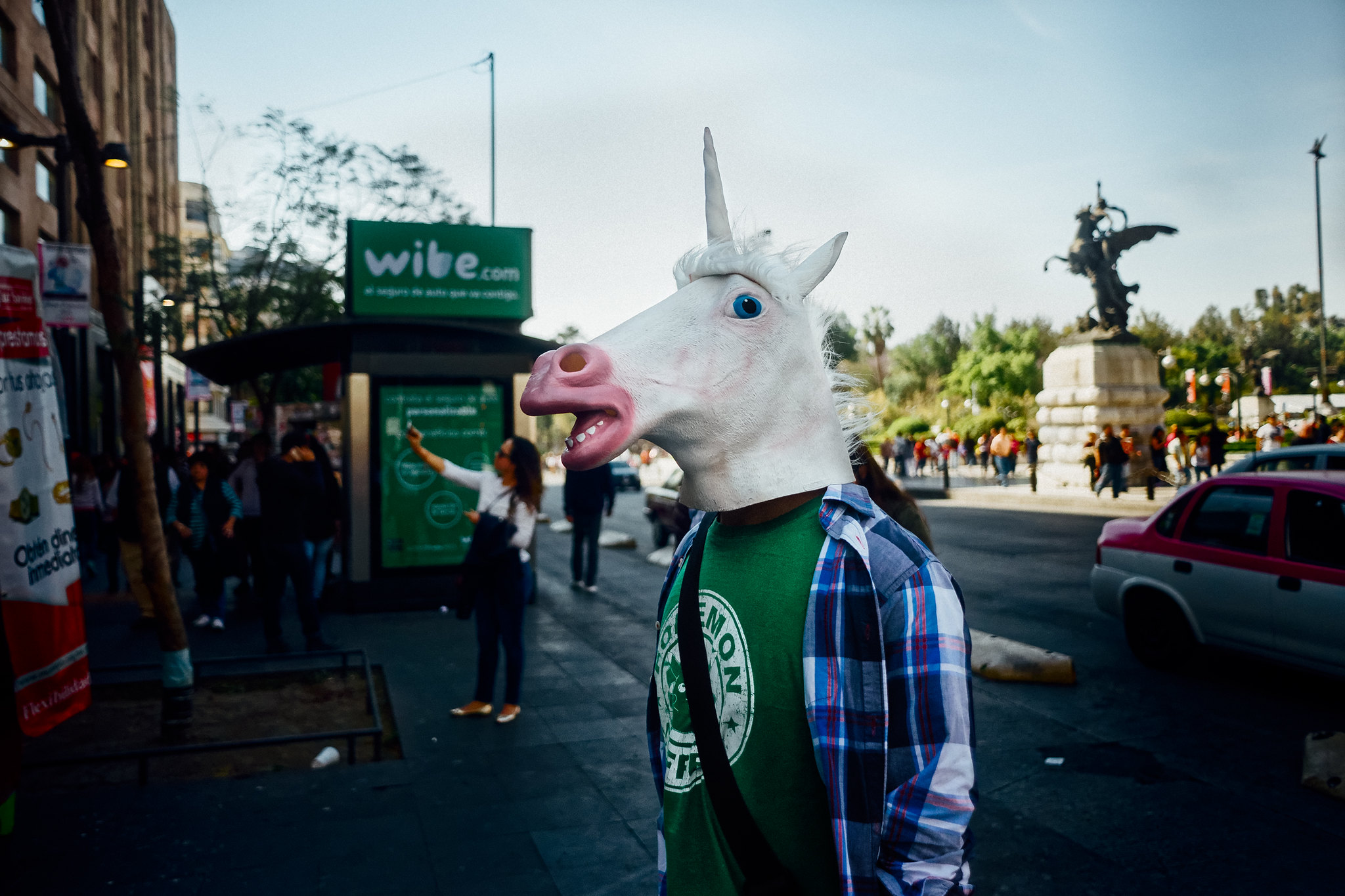Though somewhat technically right, Miller’s understanding of what Lady Liberty stands for is farther from the truth than he would care to admit given his history and policy hopes for the nation; Miller, known for his dark nationalist speeches written for President Trump, is among a few white nationalists at the White House —including President Donald Trump— hoping to take back America for whites who perceive themselves as repressed and threatened by people ethnically, morally, and religiously inferior themselves. Historically, America has been down this road before with the likes of the Know Nothing Party in the late 1850s and again in early 20th-century with the rise of eugenics and nativists policies that lead to sterilizations and the 1924 Immigration Act; the latter sought to restrict the flow of immigrants down to white Nordic types. Poor Italians and Irish were at the time viewed as inferior with their Catholic faith representing a moral threat to white, Protestant values.
Miller would serve his intellect well by paying attention to a widely ignored historical fact: that the Statue of Liberty was birthed in the mind of abolitionistÉdouard René de Laboulaye —presidentin the late 1800s of the French Anti-Slavery Society; furthermore, though the statute was gifted to the United States of America in commemoration of its 100th birthday, Labloulaye sought to honor the victory of the Union army in the Civil War and its consequences, which included the emancipation of black slaves --keep in mind those chains at the feet of the statute (see [Black Statue of Liberty - Summary Report - Statue Of Liberty National Monument (U.S. National Park Service)](http://bit.ly/2wKKoZi)).
As Americans, we need to ask ourselves why some of us are still dangerously clinging to a delusional and false historical romanticism involving traitors and immoral slaveholders who sought to keep slavery alive at the expense of a nation that was set on the cornerstone that all men were created equal. Why not seek to remember or rediscover the origins and the meanings of those symbols that unite us as Americans and define the struggle to nurture the values of freedom and liberty we claim to uphold? The Statue of Liberty and Emma Lazarus' sonnet are a good place to start if we are to query and memorialize those images, and words, that are meant to unite in lieu of picking at unhealed, festering wounds.
Colossus
Not like the brazen giant of Greek fame,
With conquering limbs astride from land to land;
Here at our sea-washed, sunset gates shall stand
A mighty woman with a torch, whose flame
Is the imprisoned lightning, and her name
Mother of Exiles. From her beacon-hand
Glows world-wide welcome; her mild eyes command
The air-bridged harbor that twin cities frame.
“Keep, ancient lands, your storied pomp!” cries she
With silent lips. “Give me your tired, your poor,
Your huddled masses yearning to breathe free,
The wretched refuse of your teeming shore.
Send these, the homeless, tempest-tossed to me,
I lift my lamp beside the golden door!”
- Emma Lazarus
